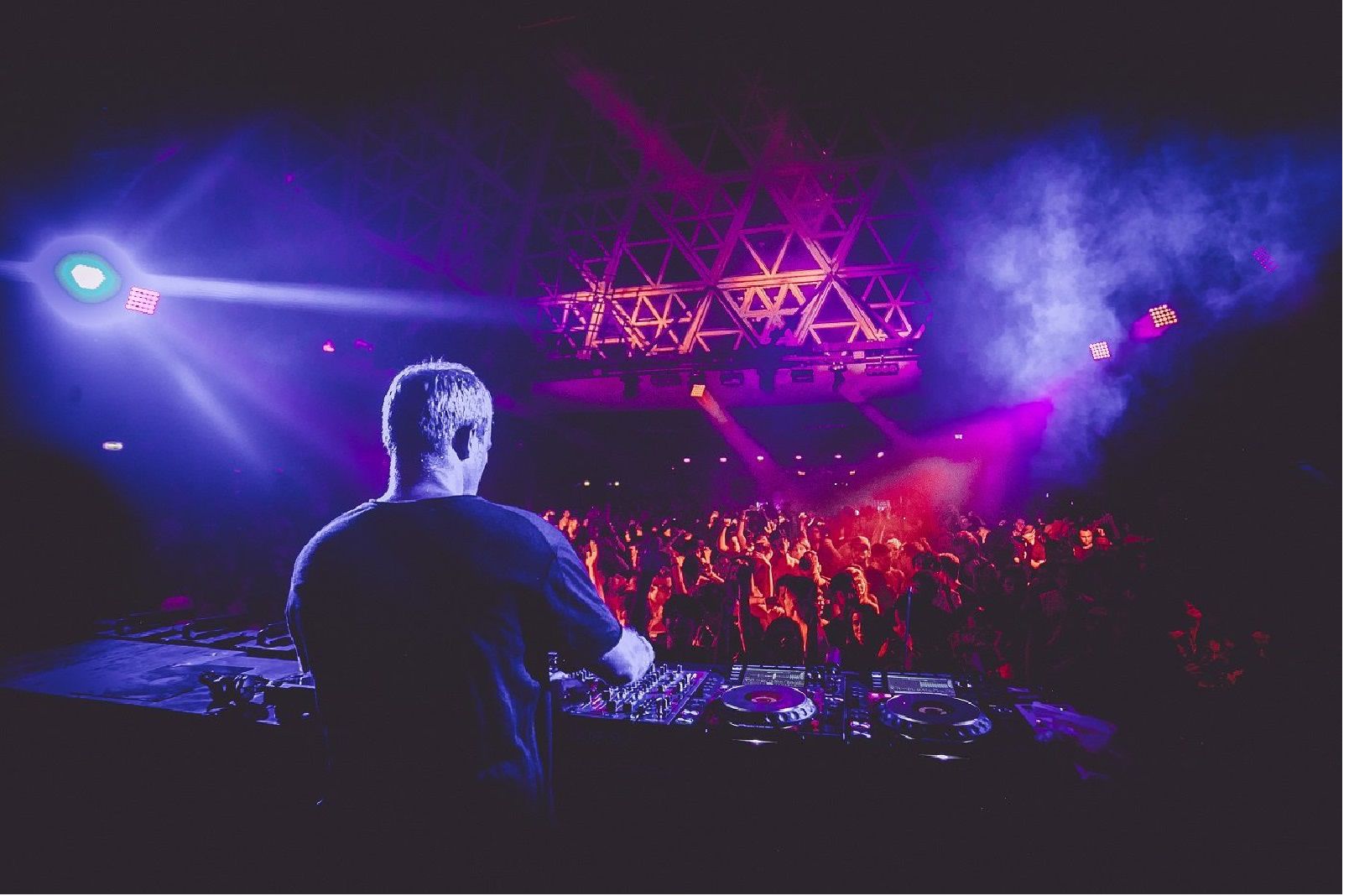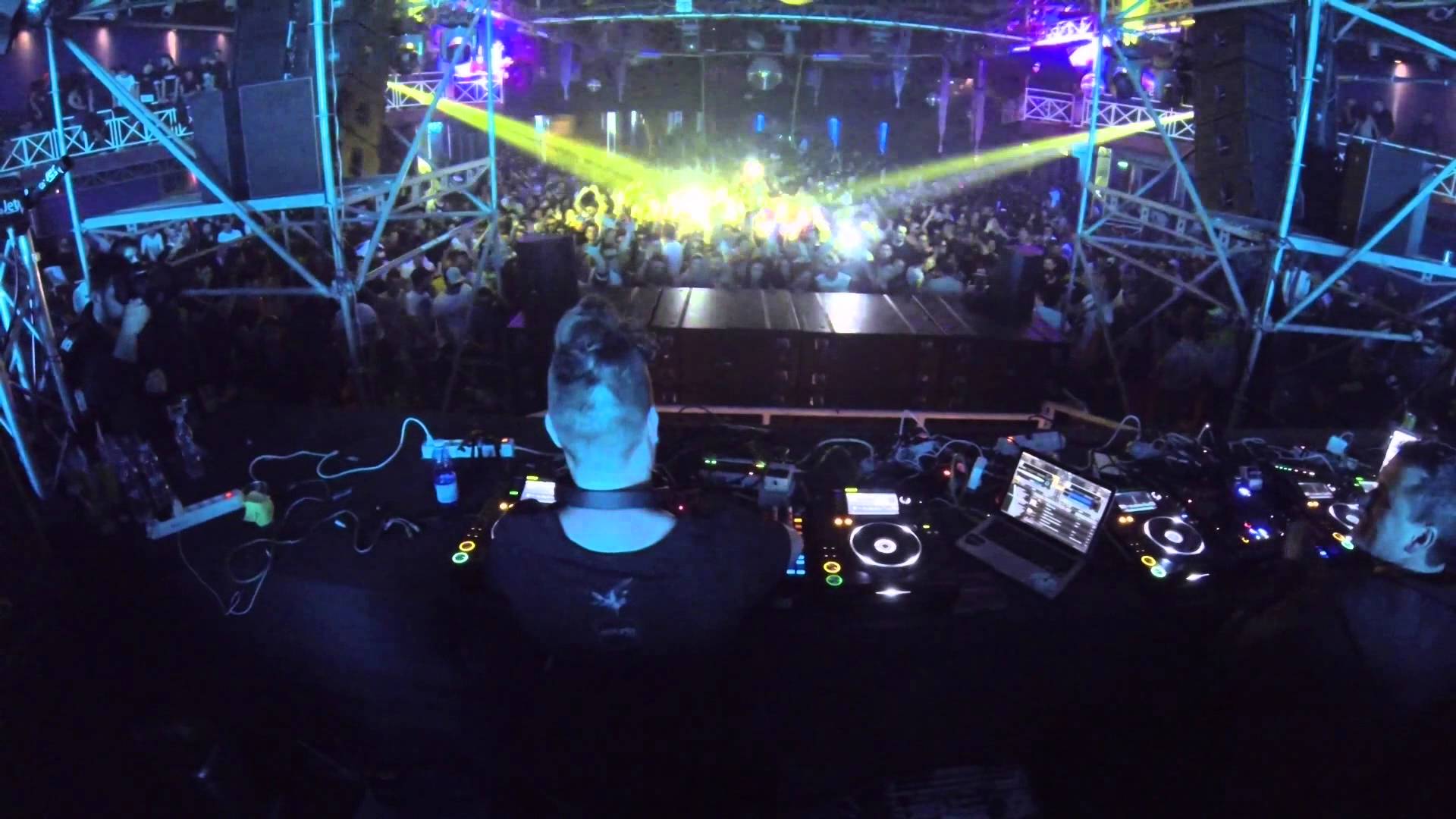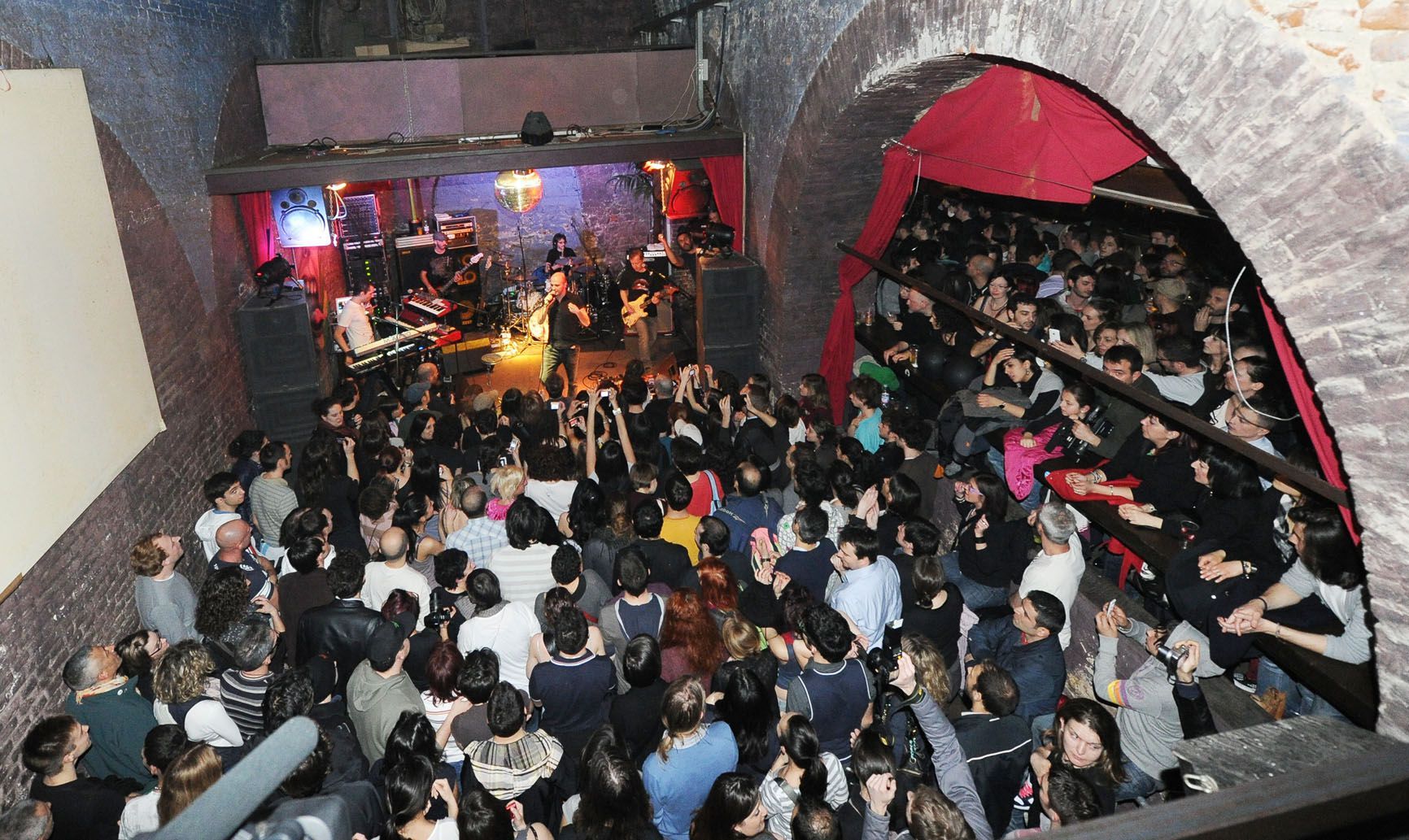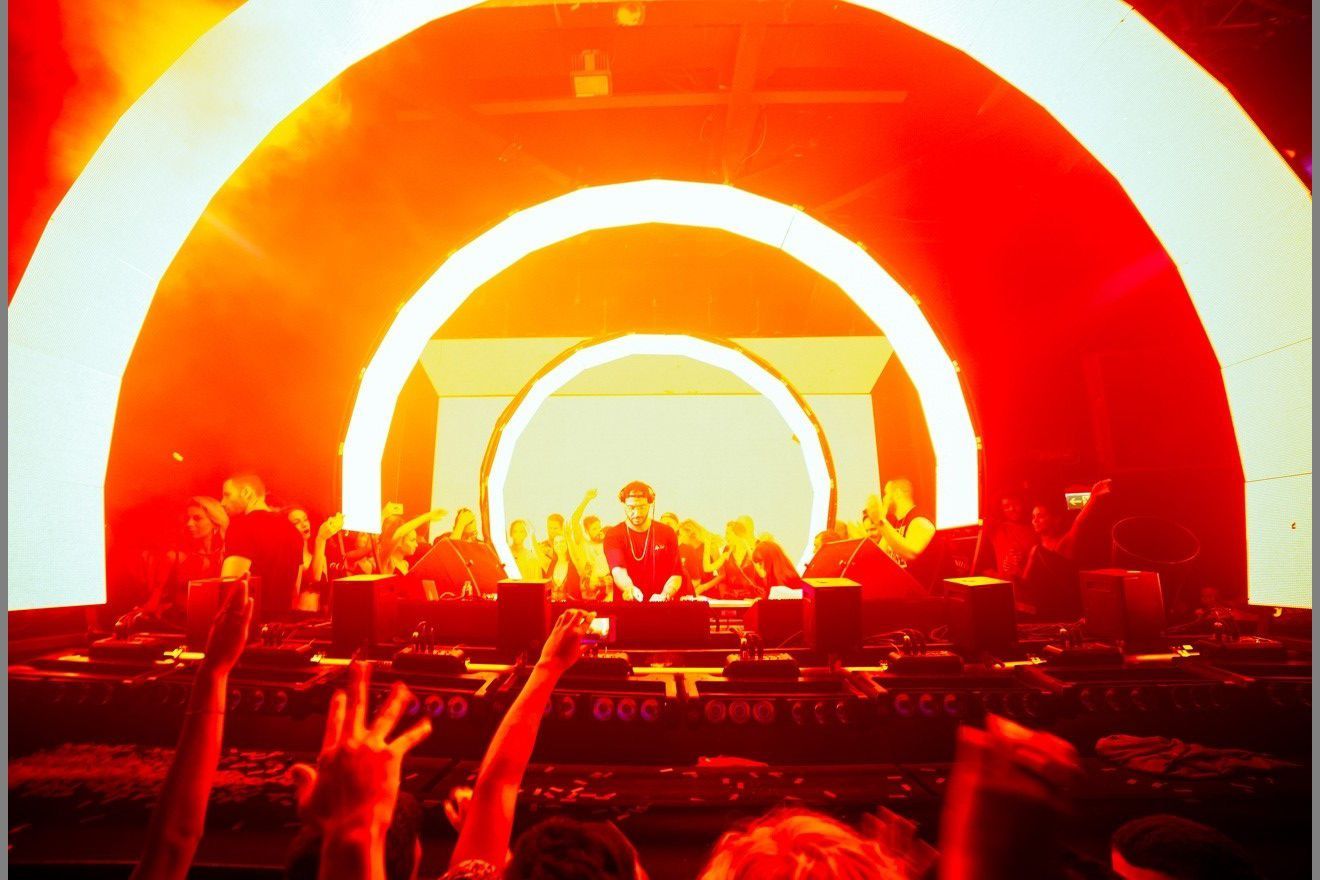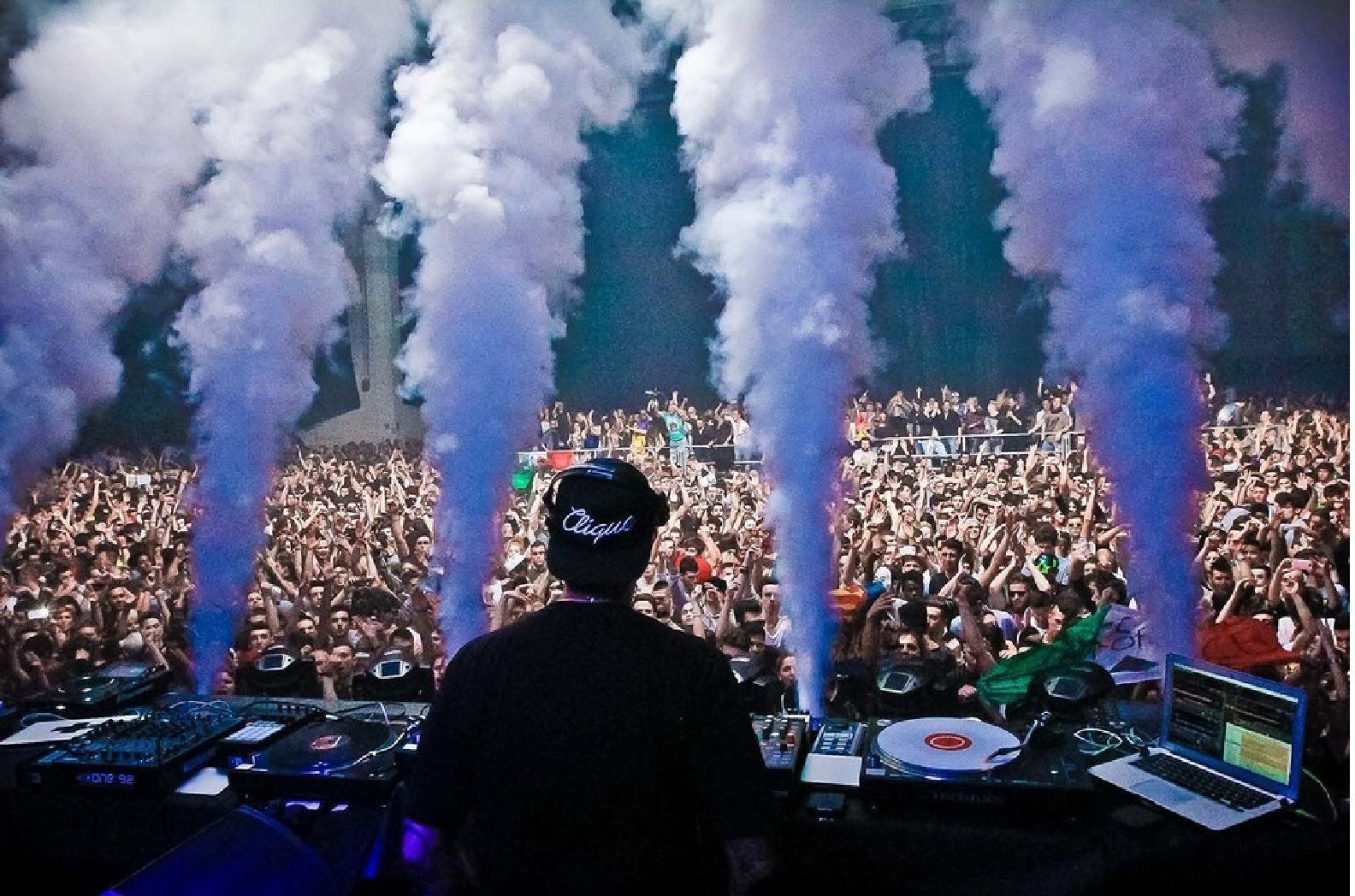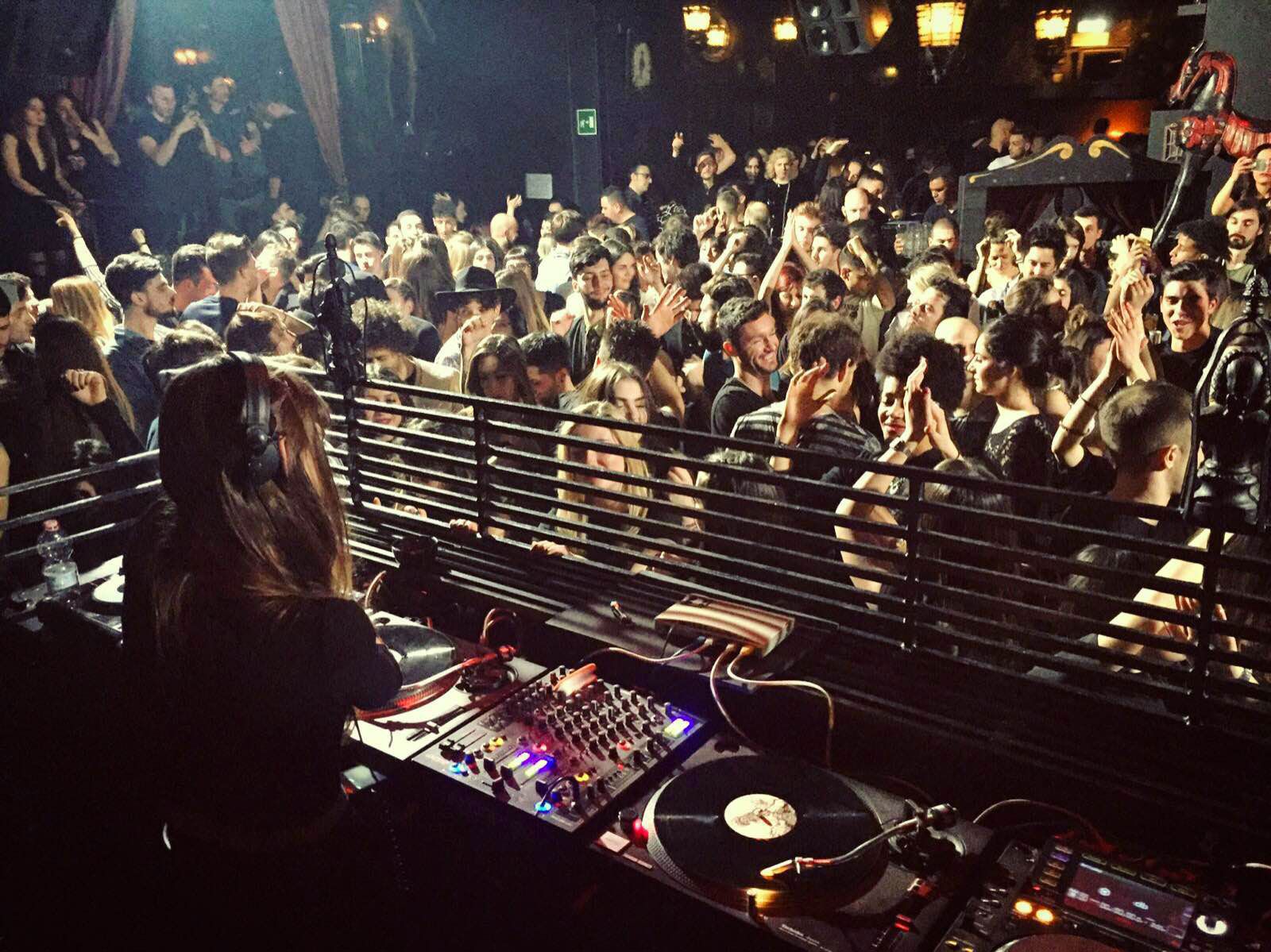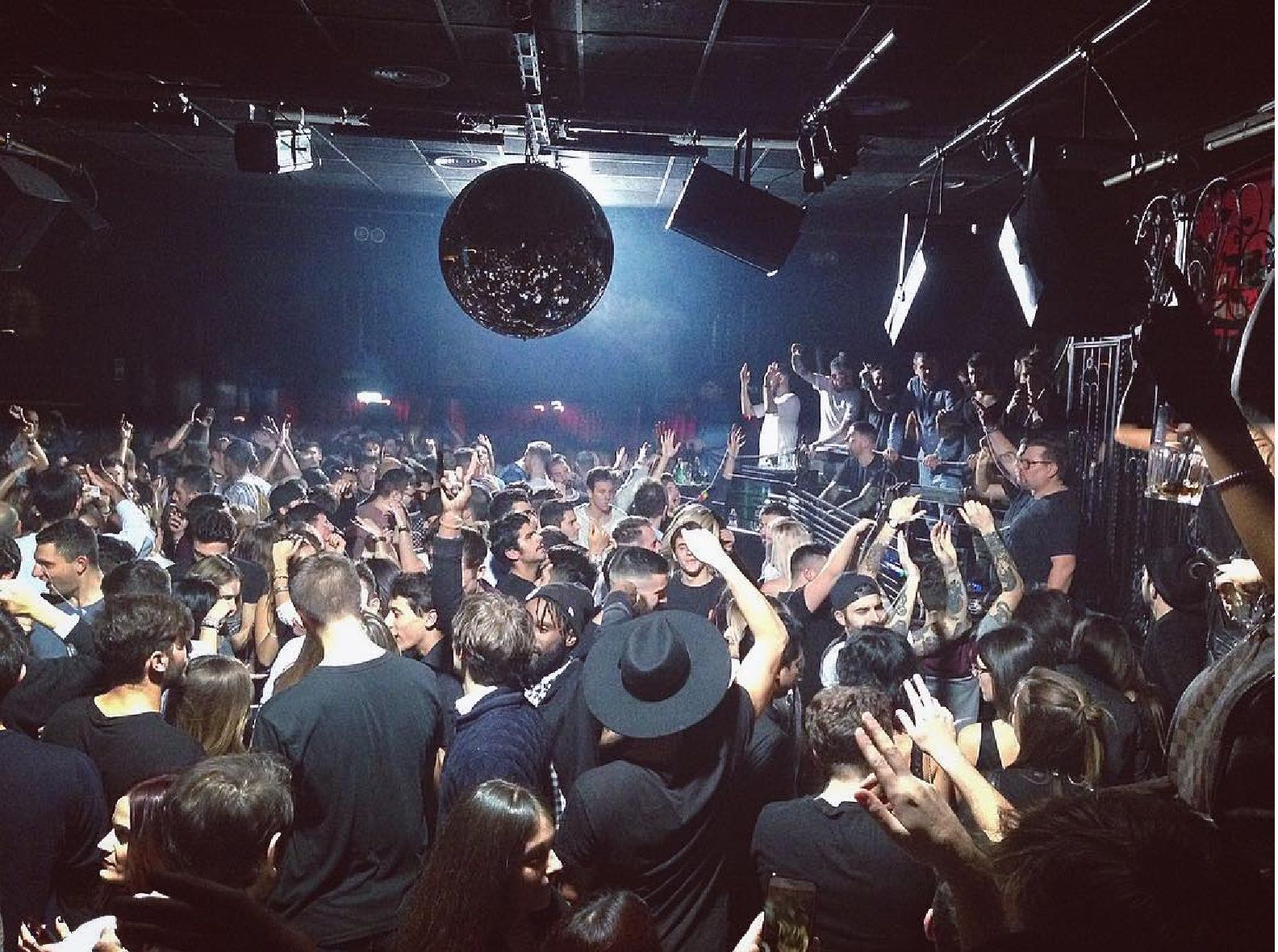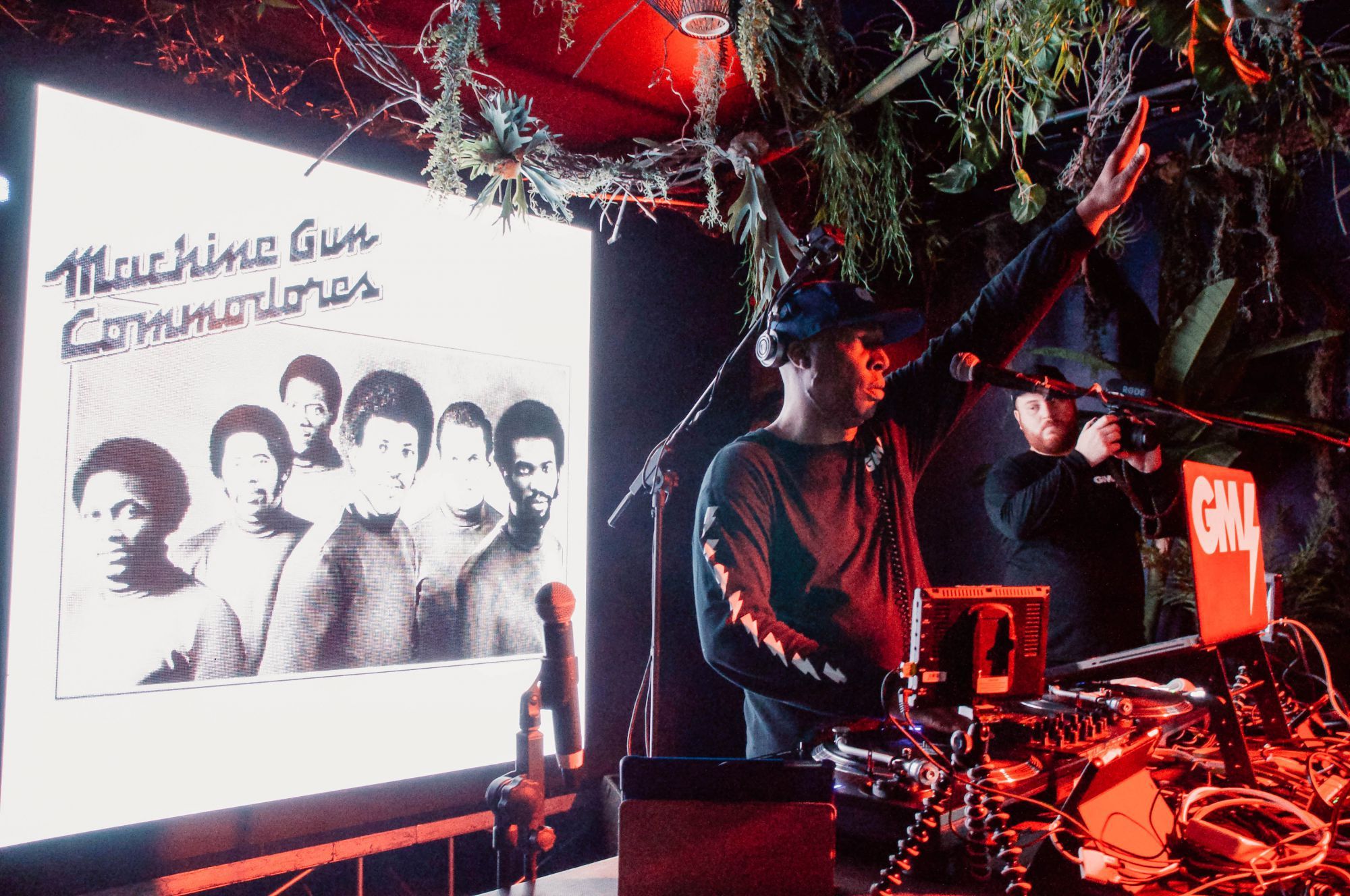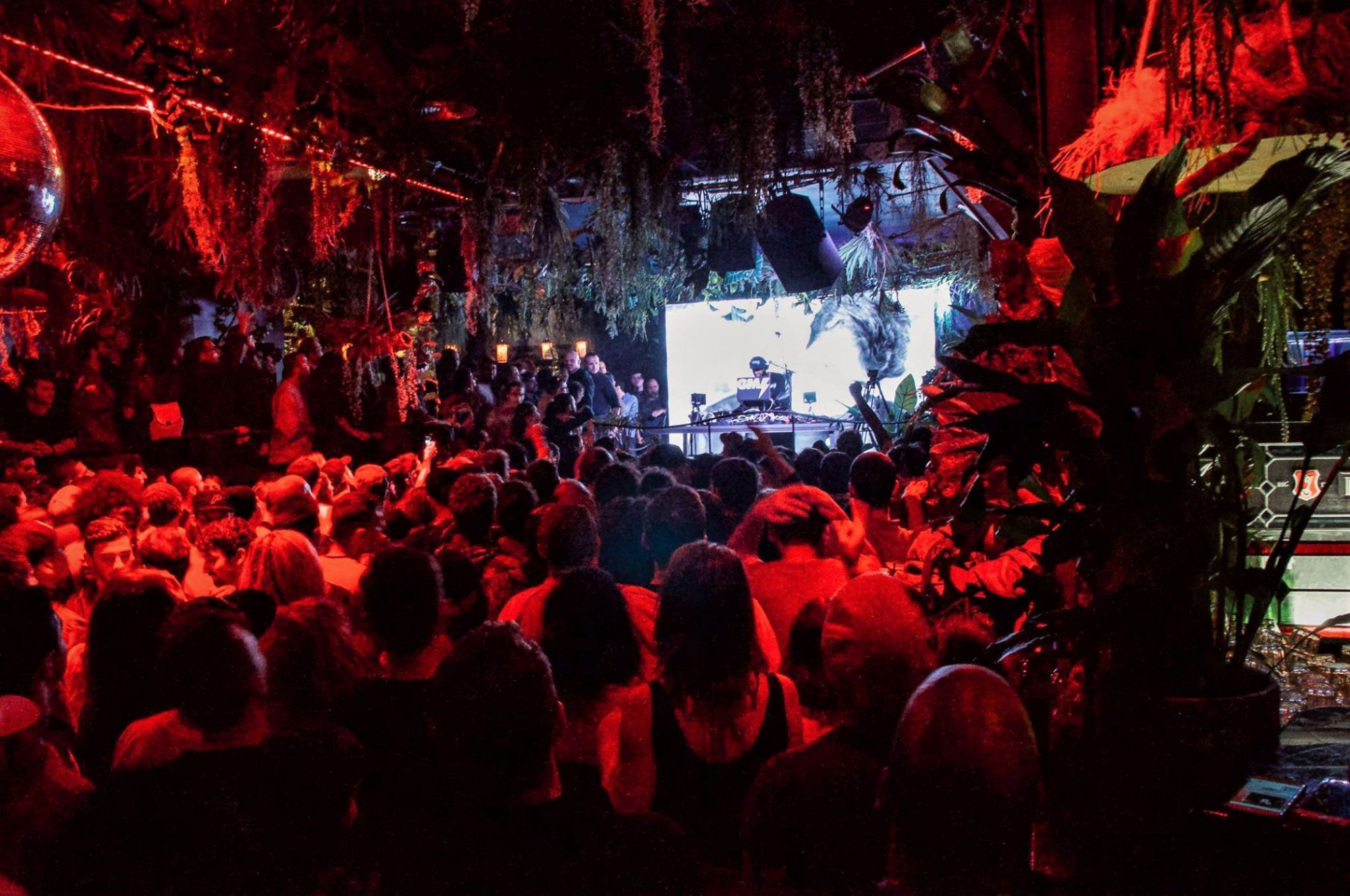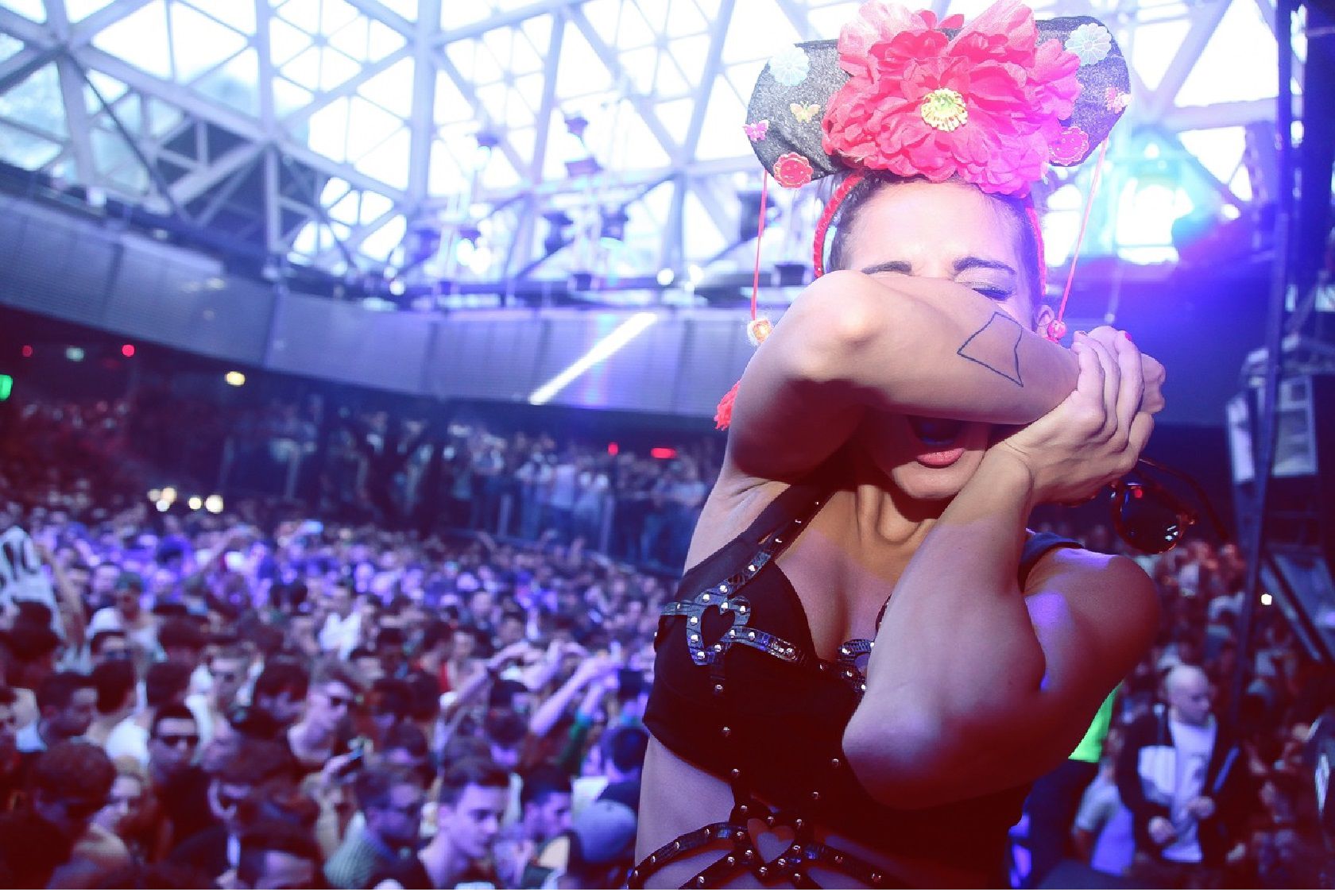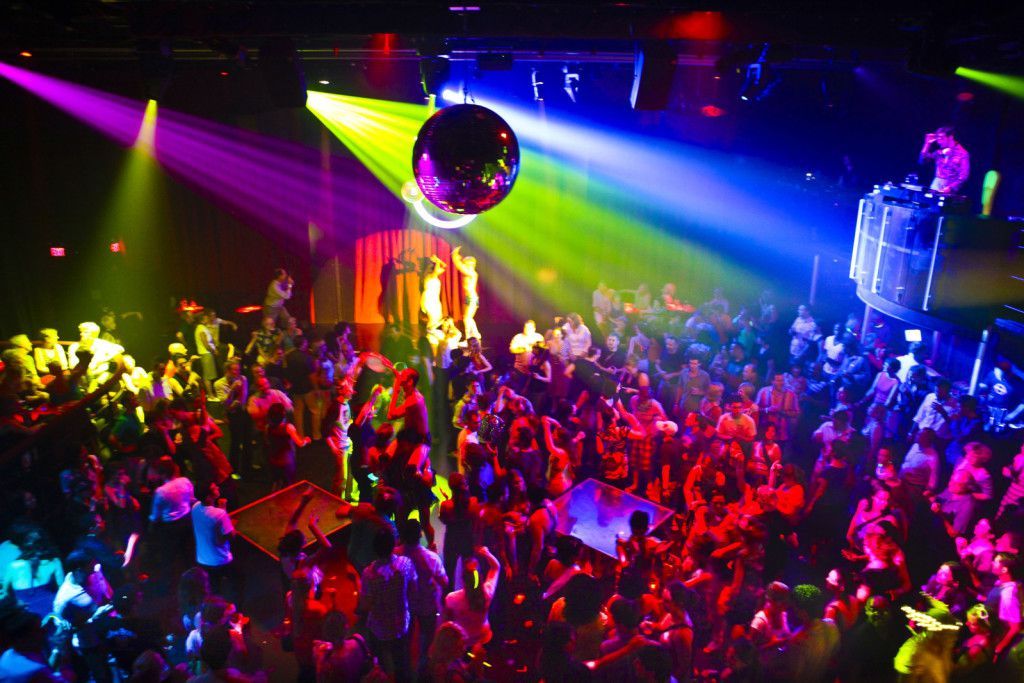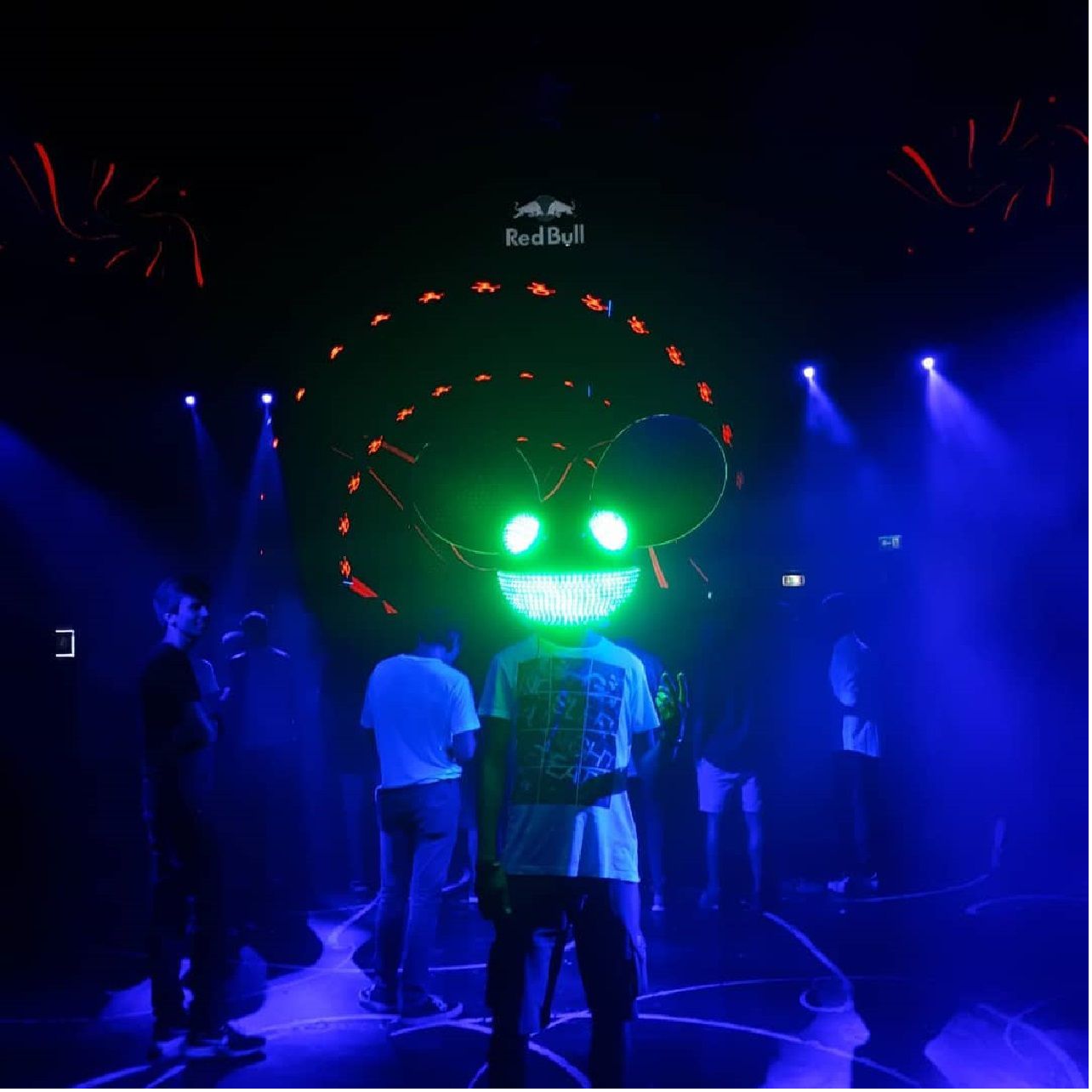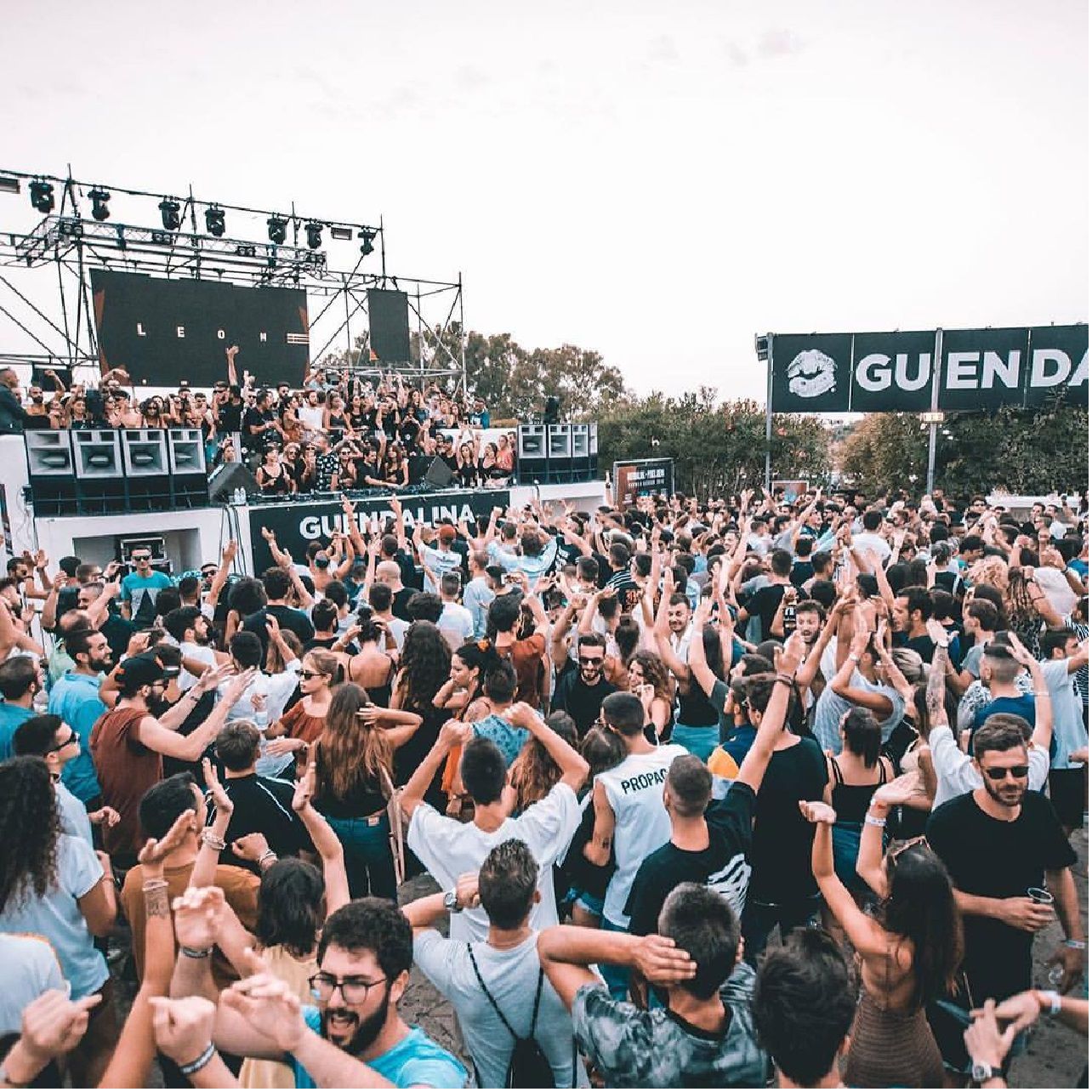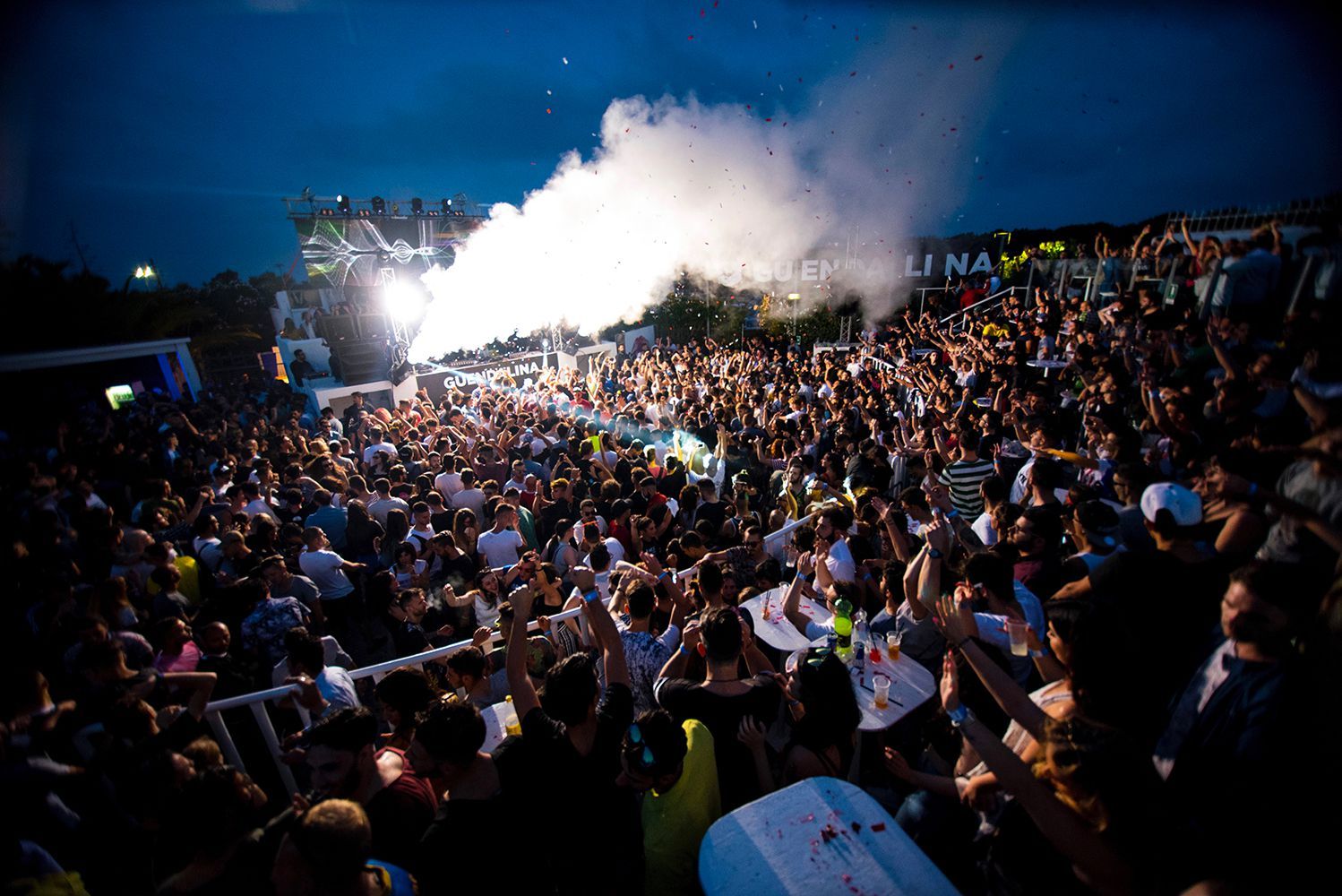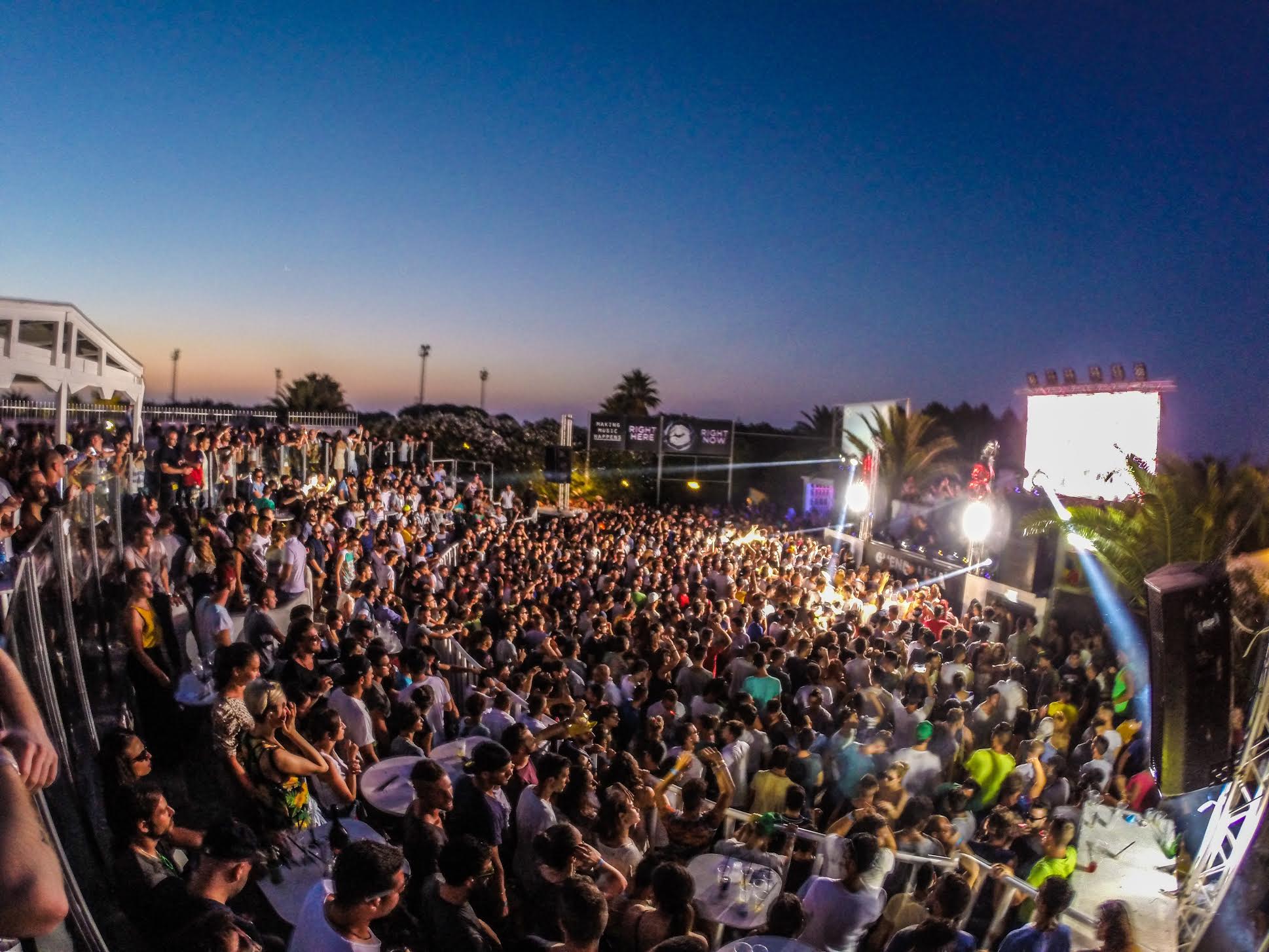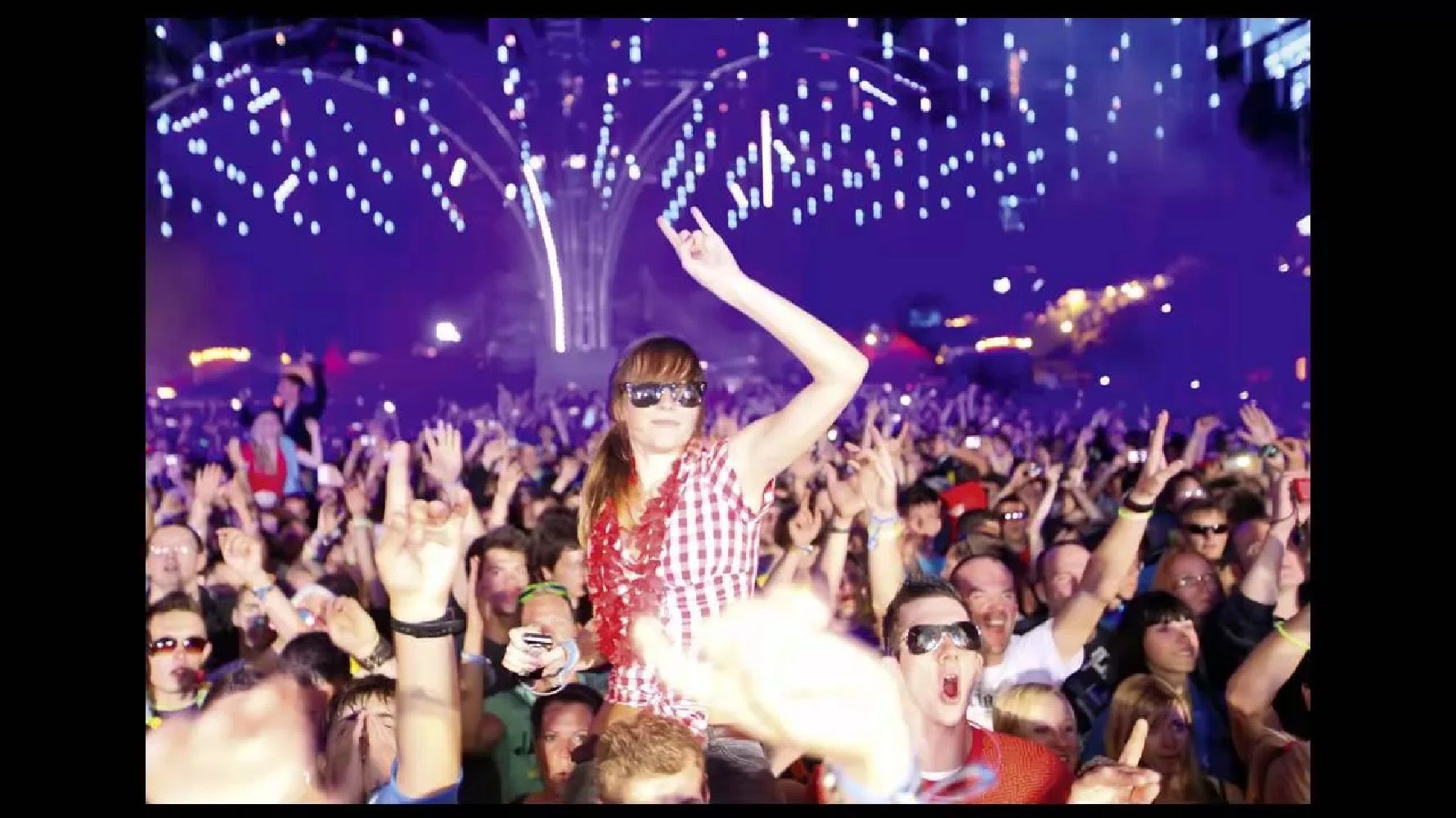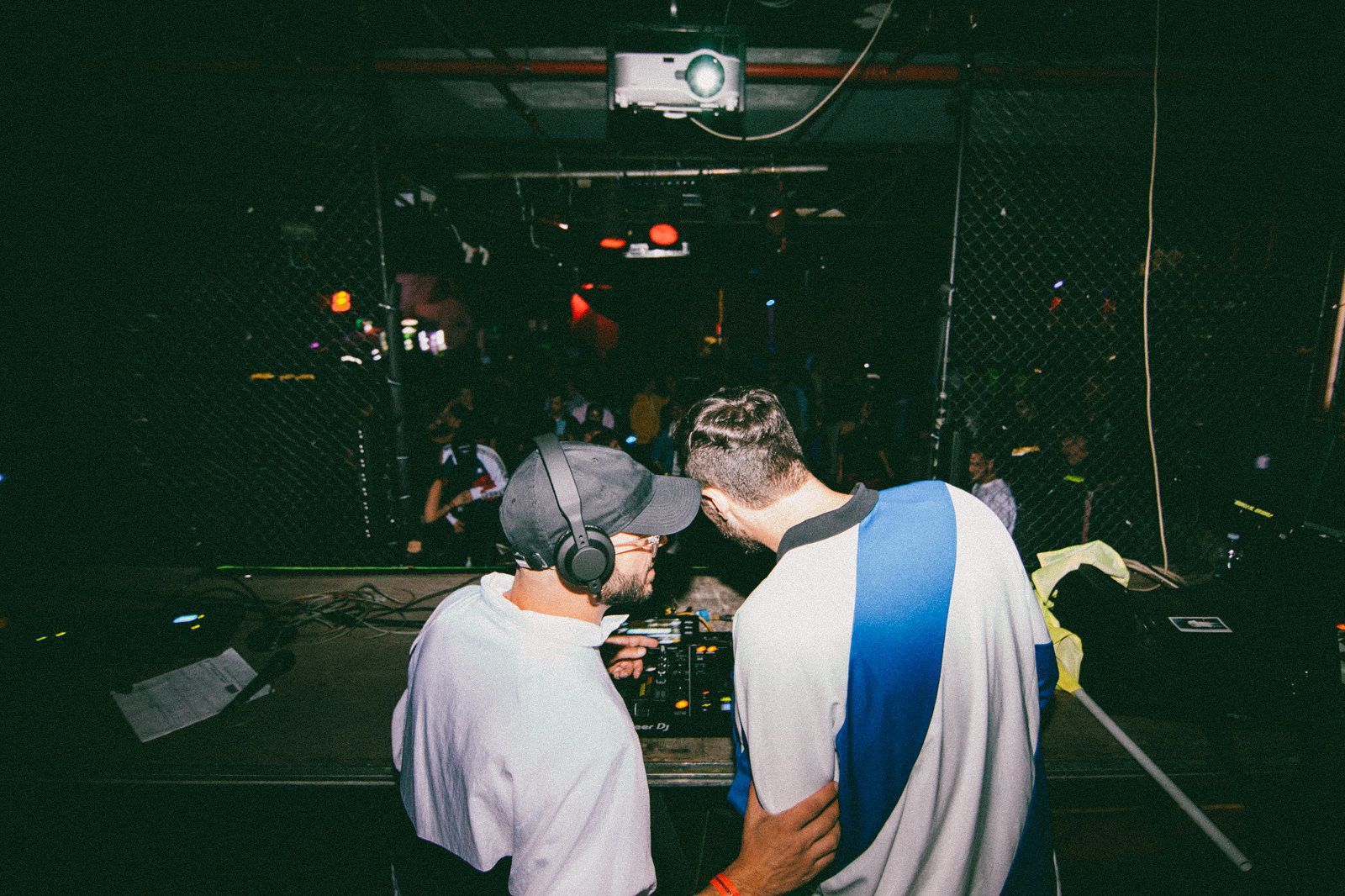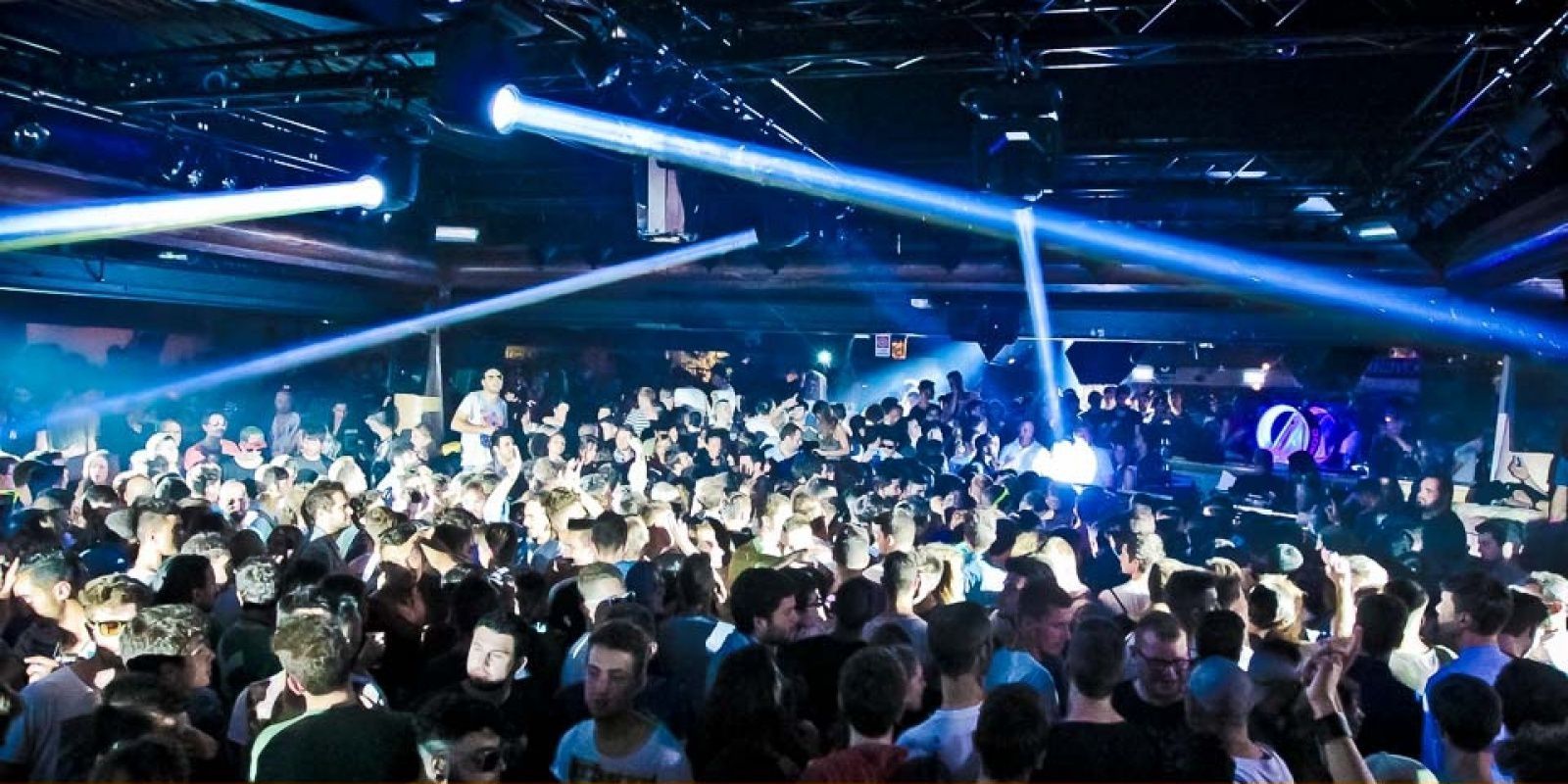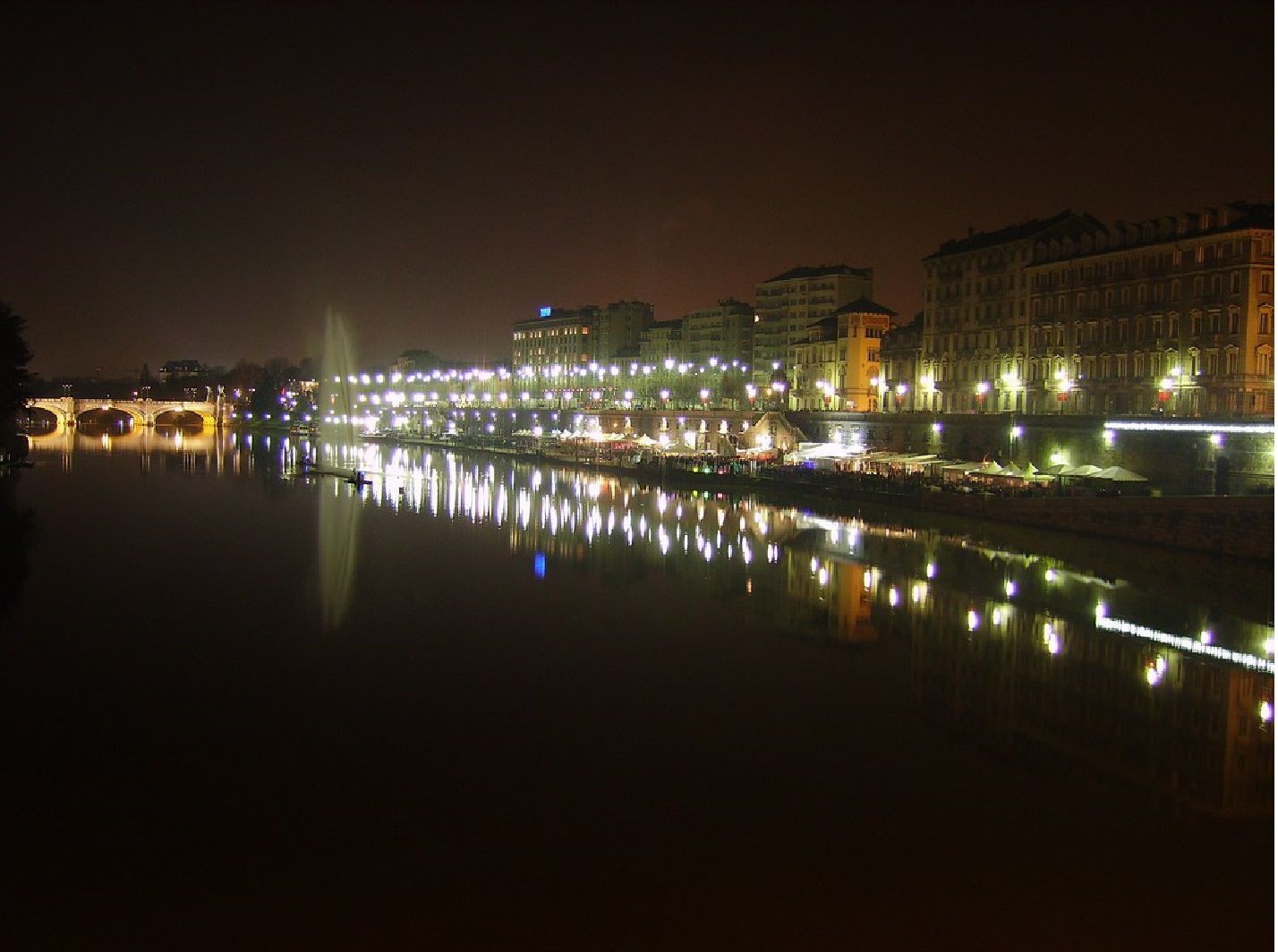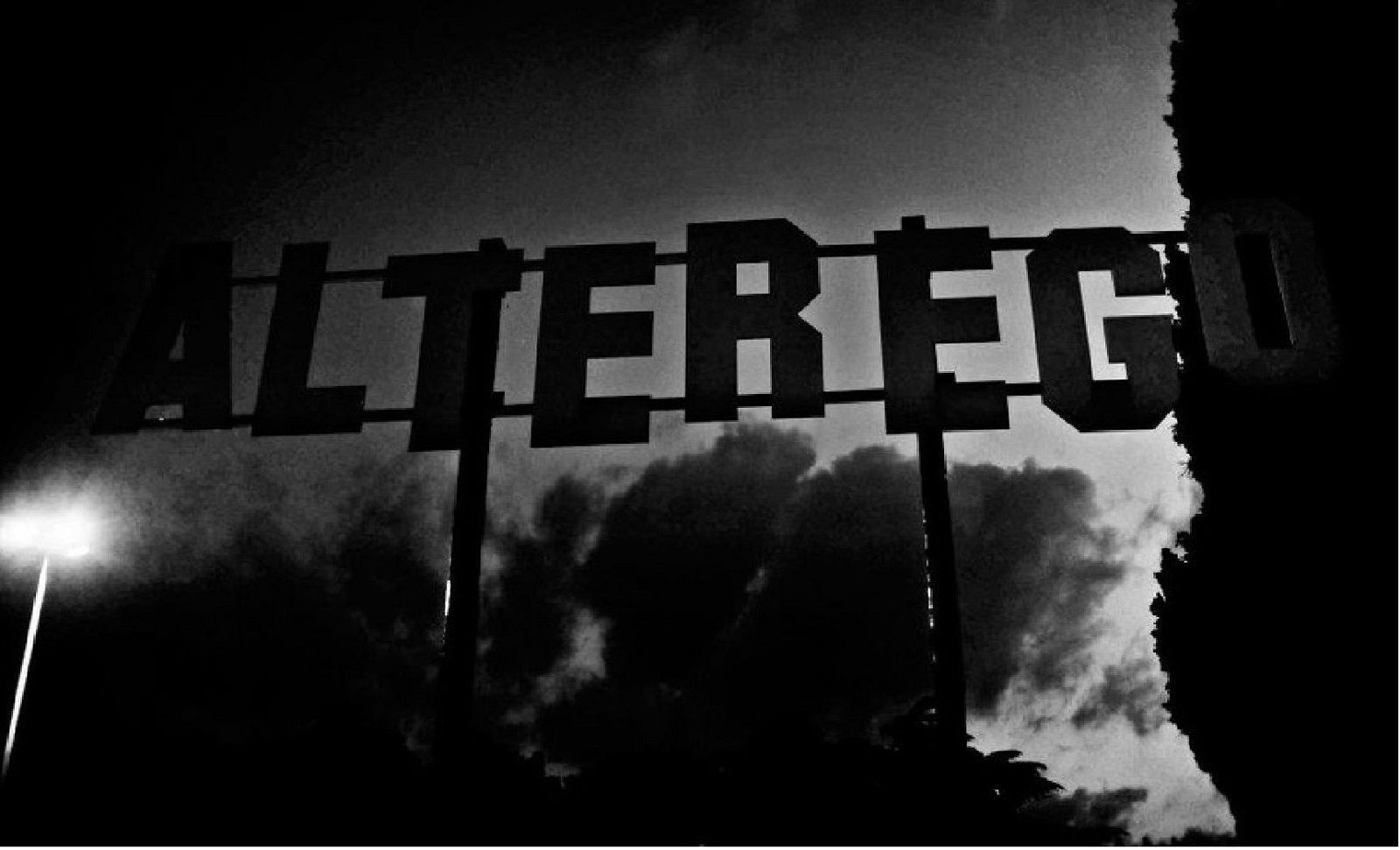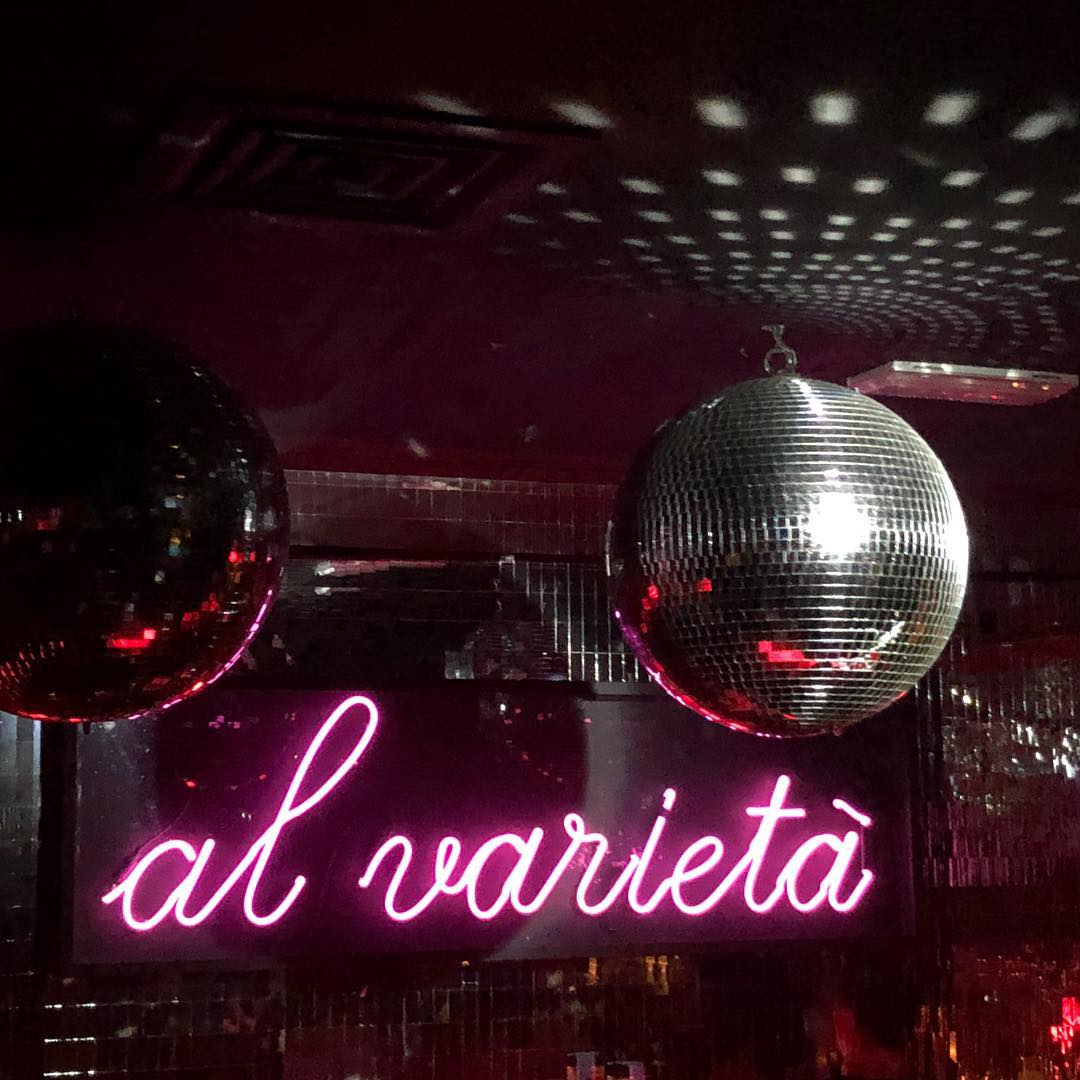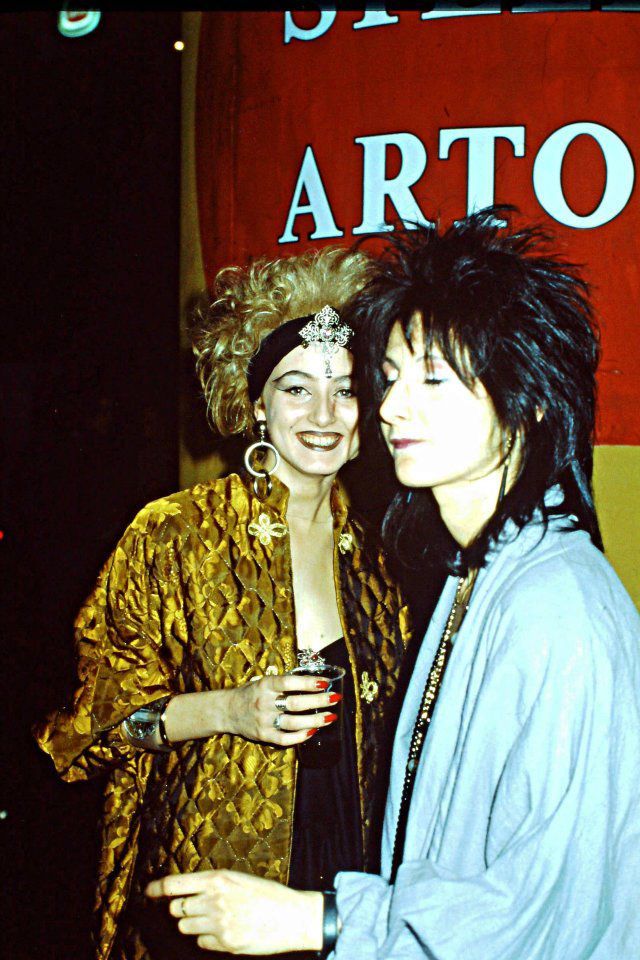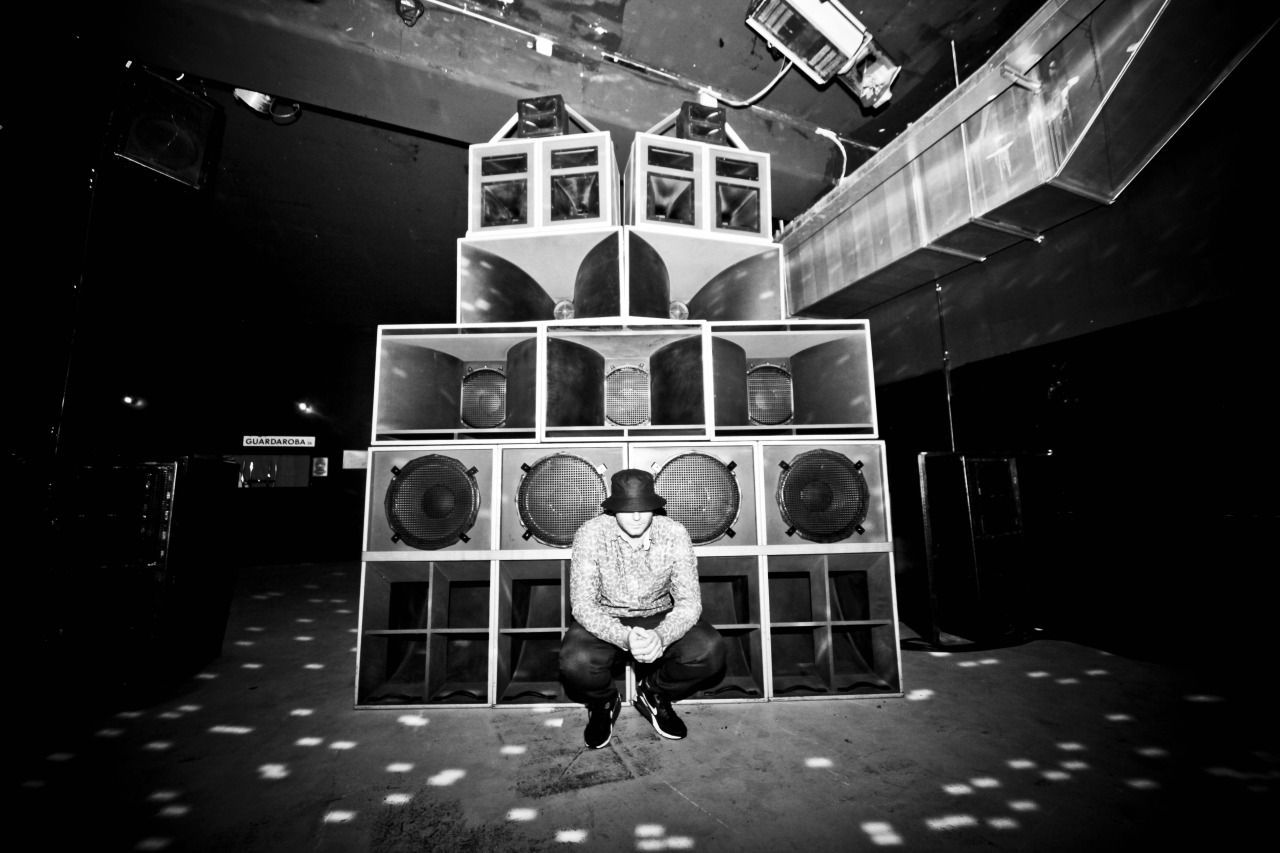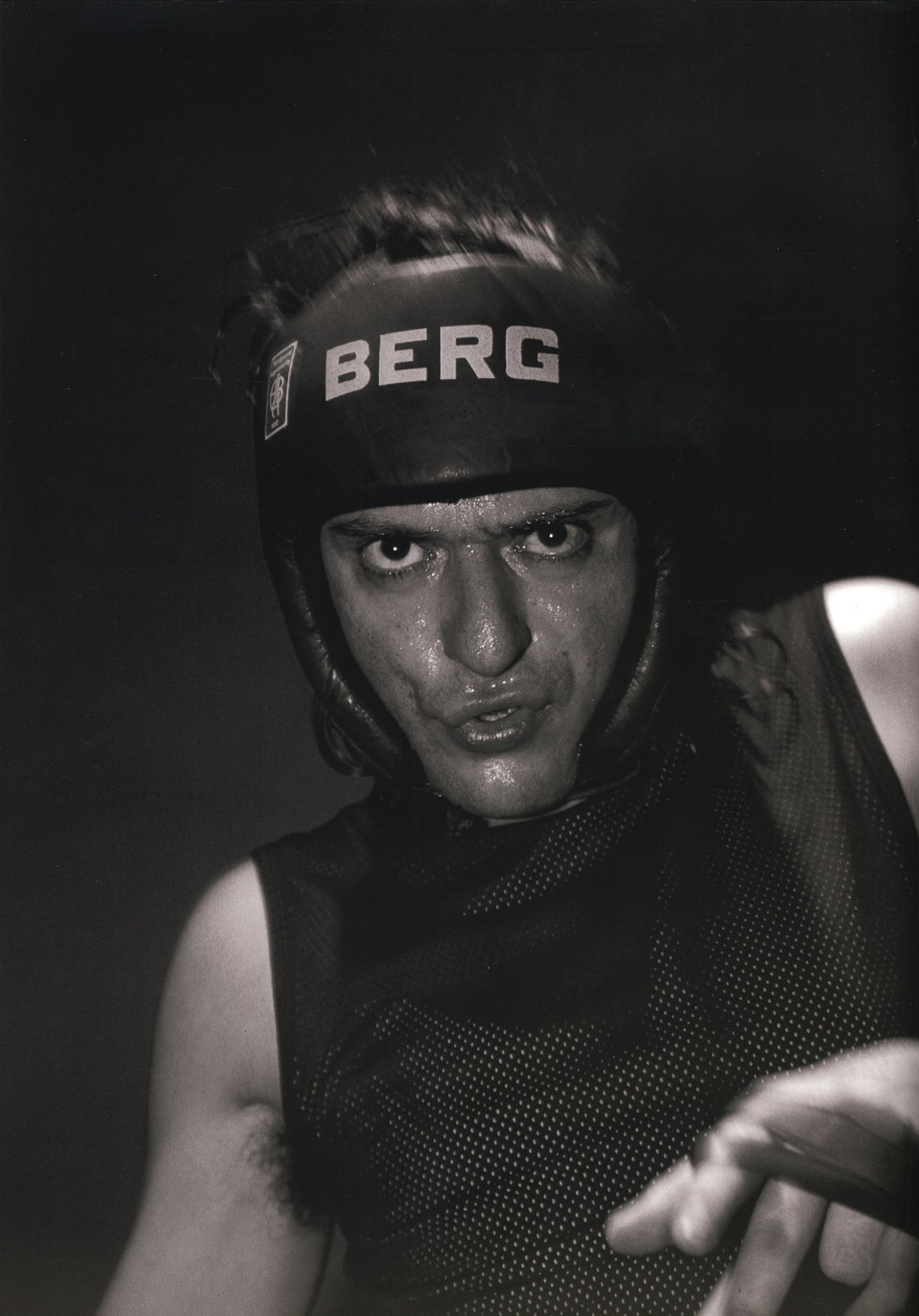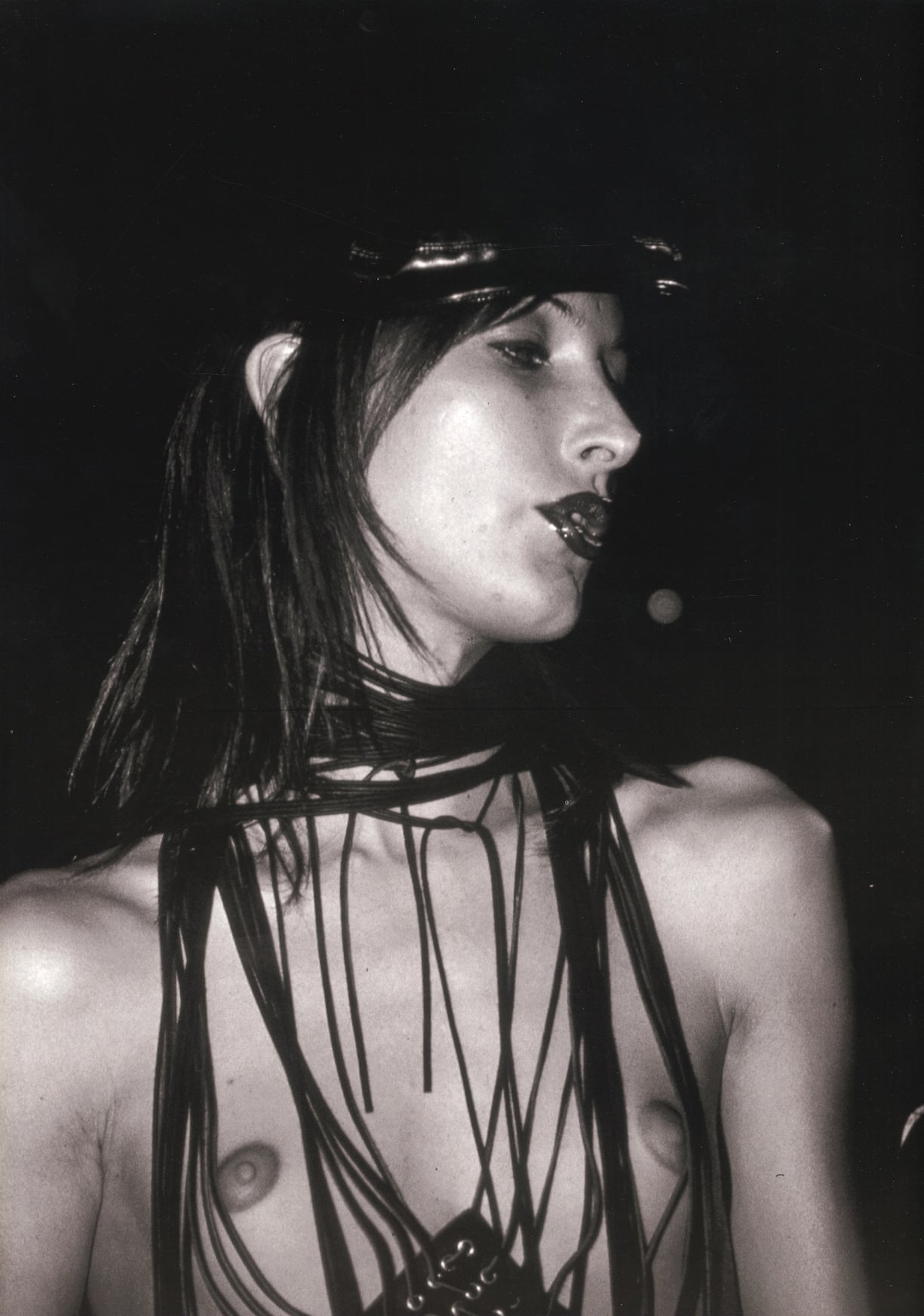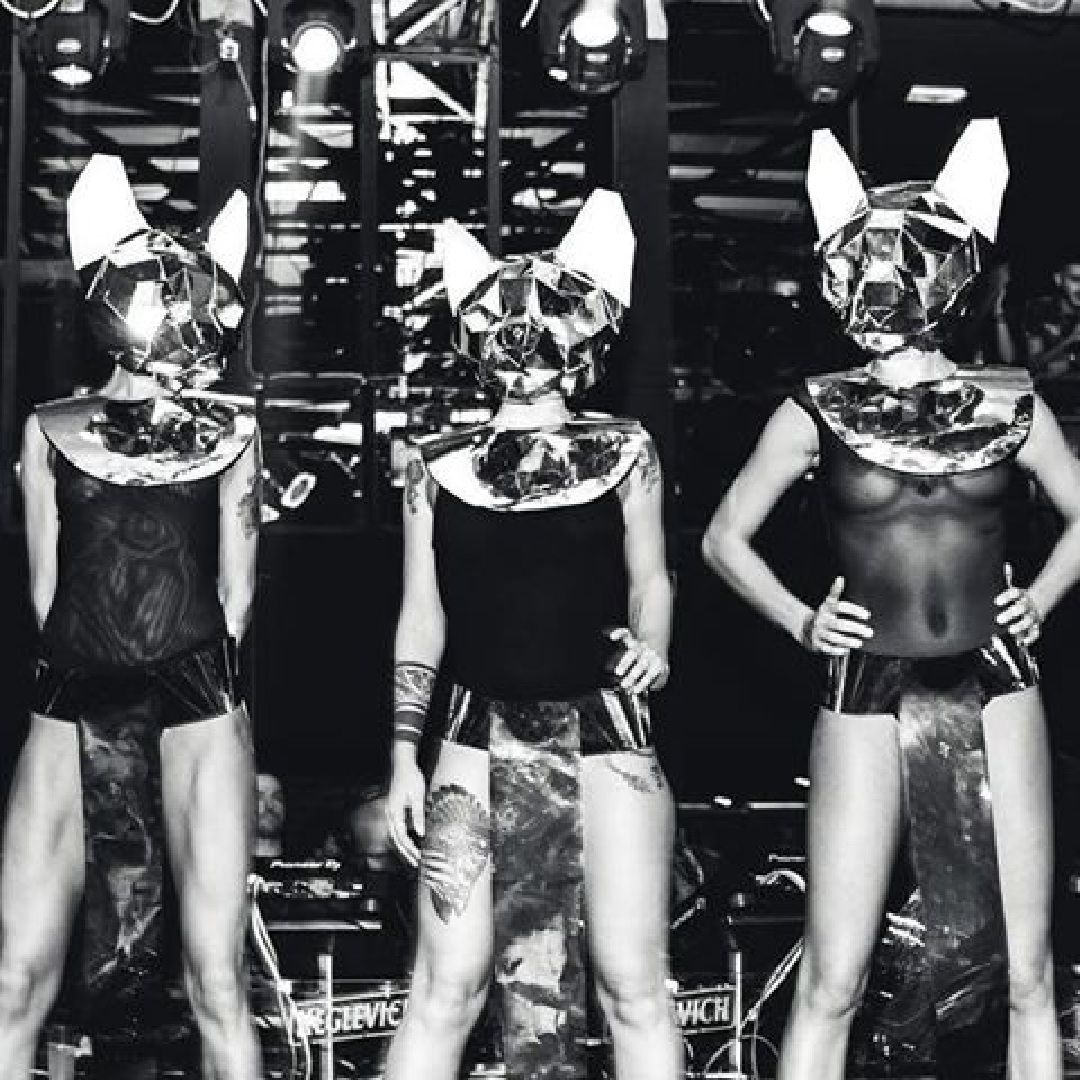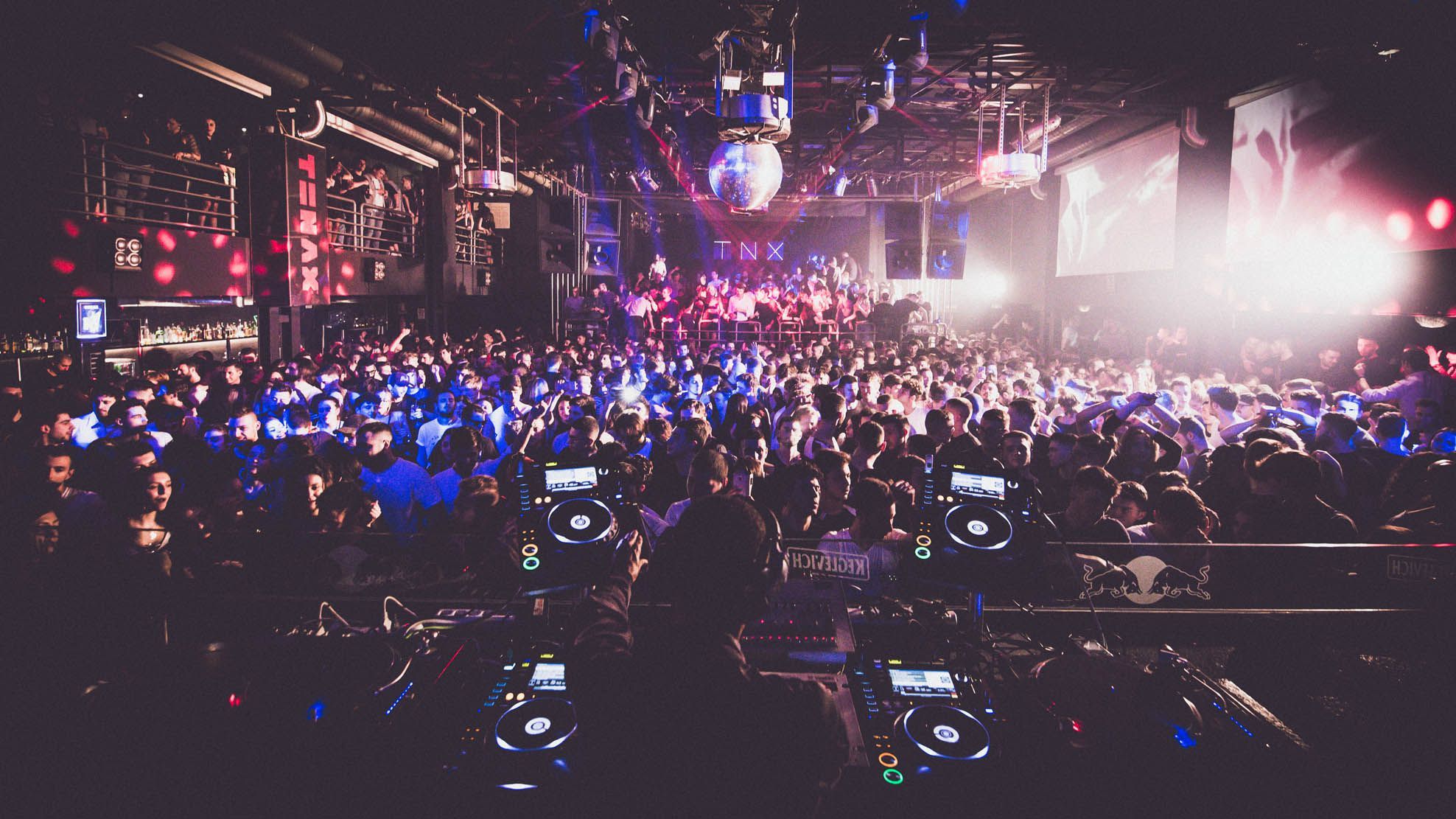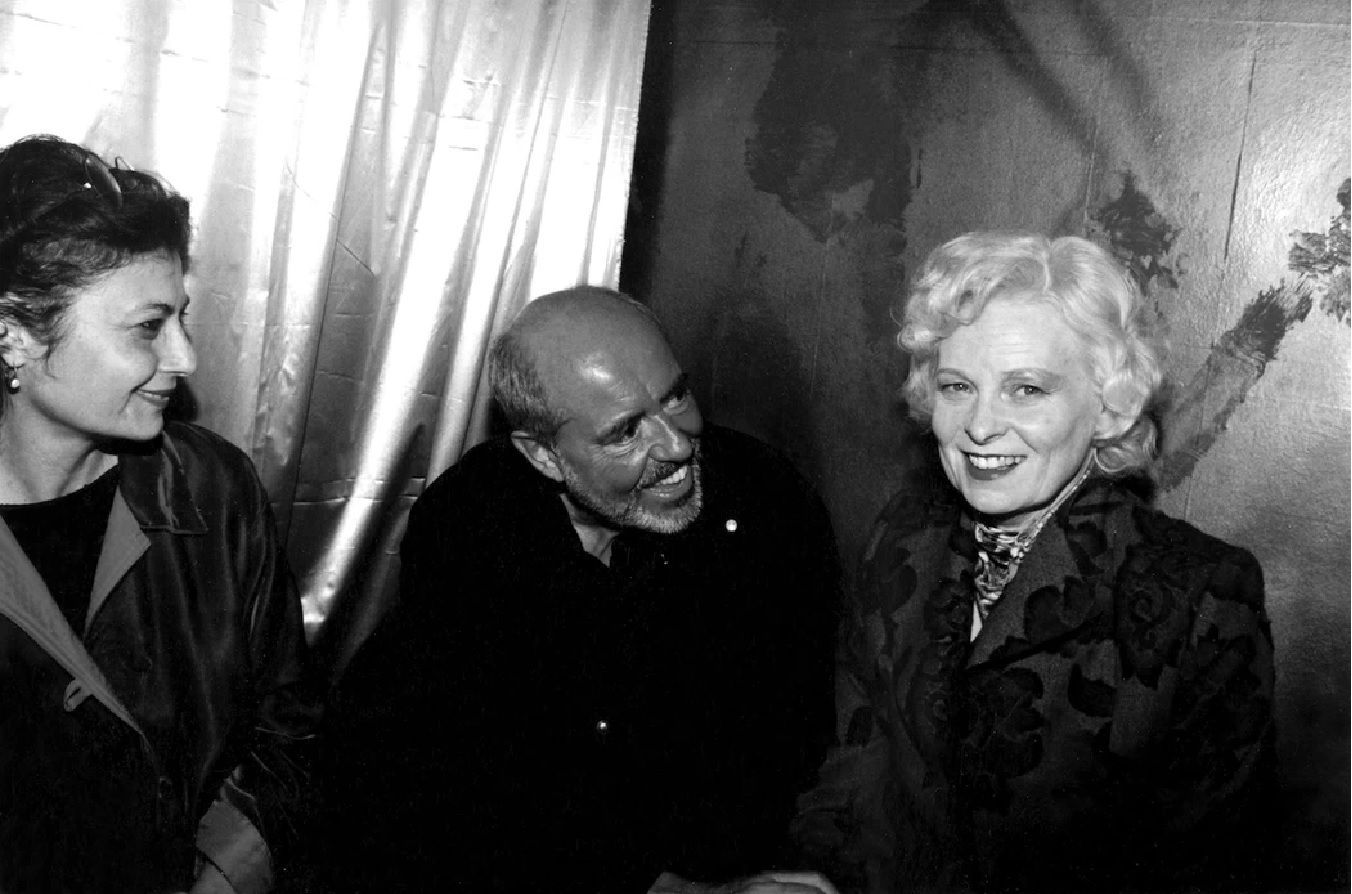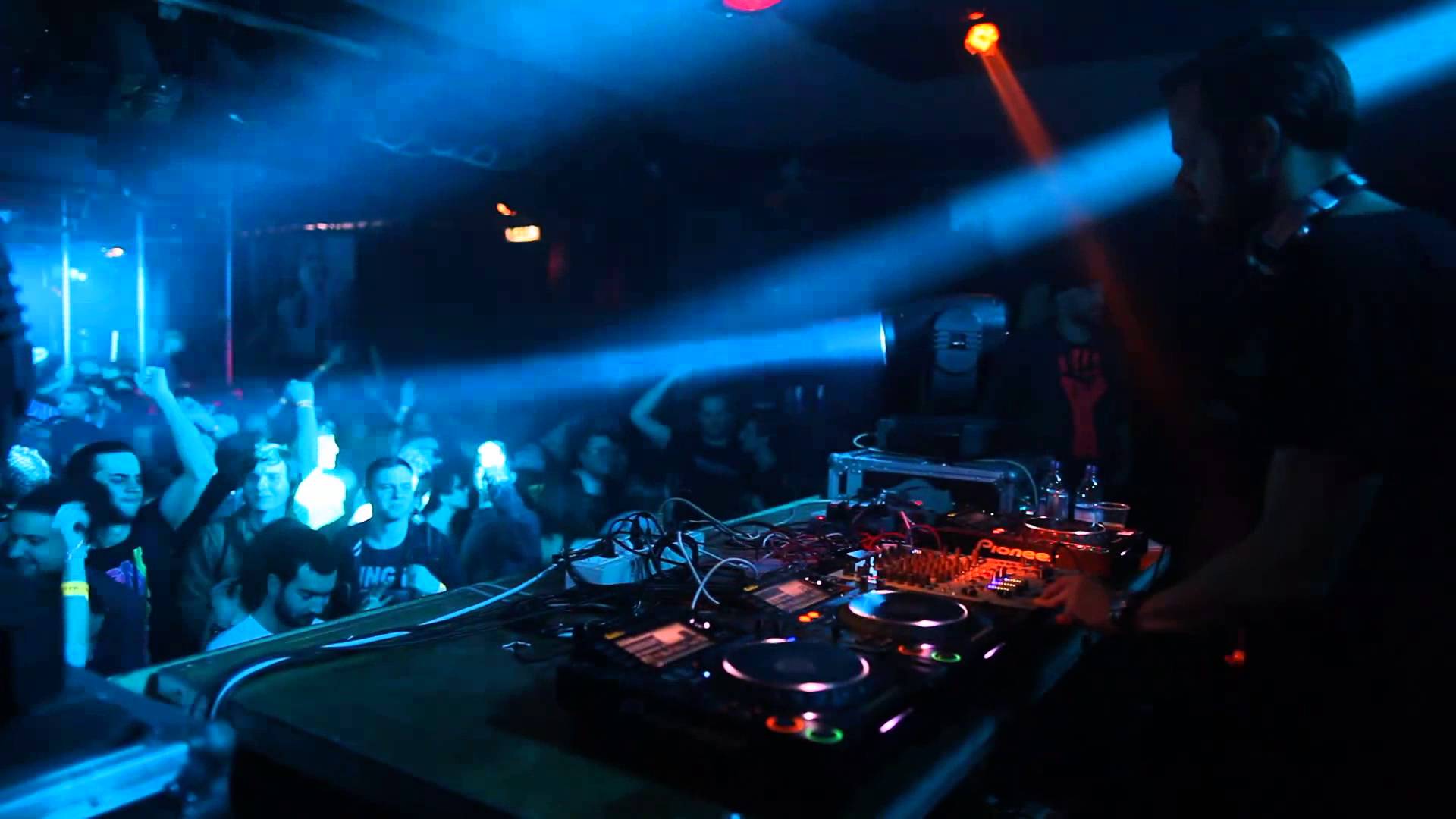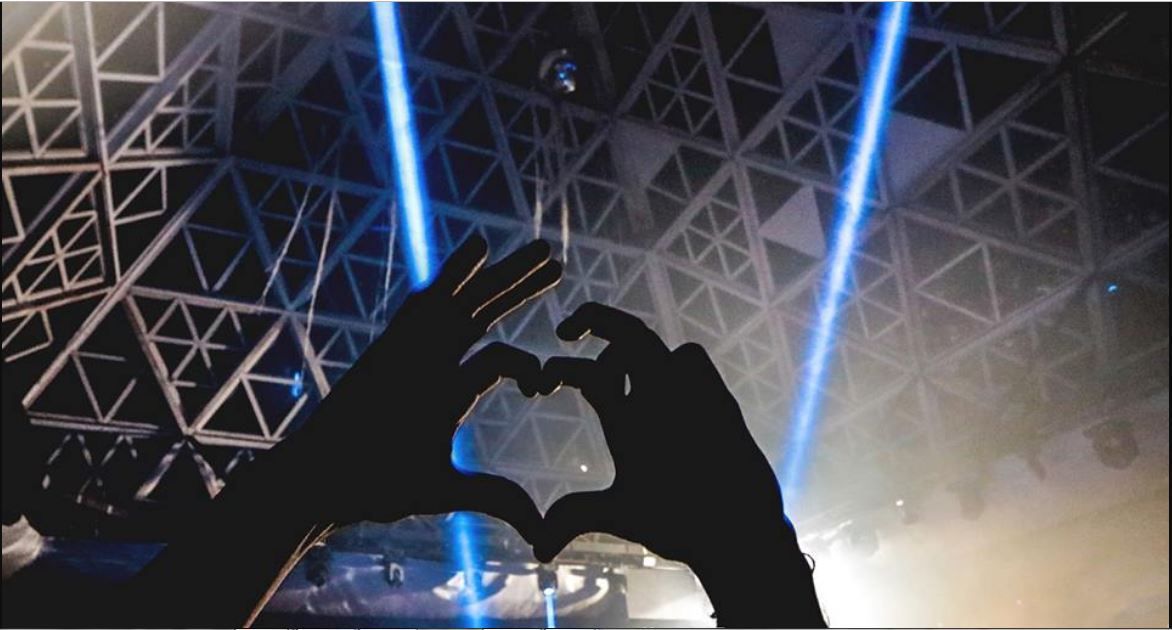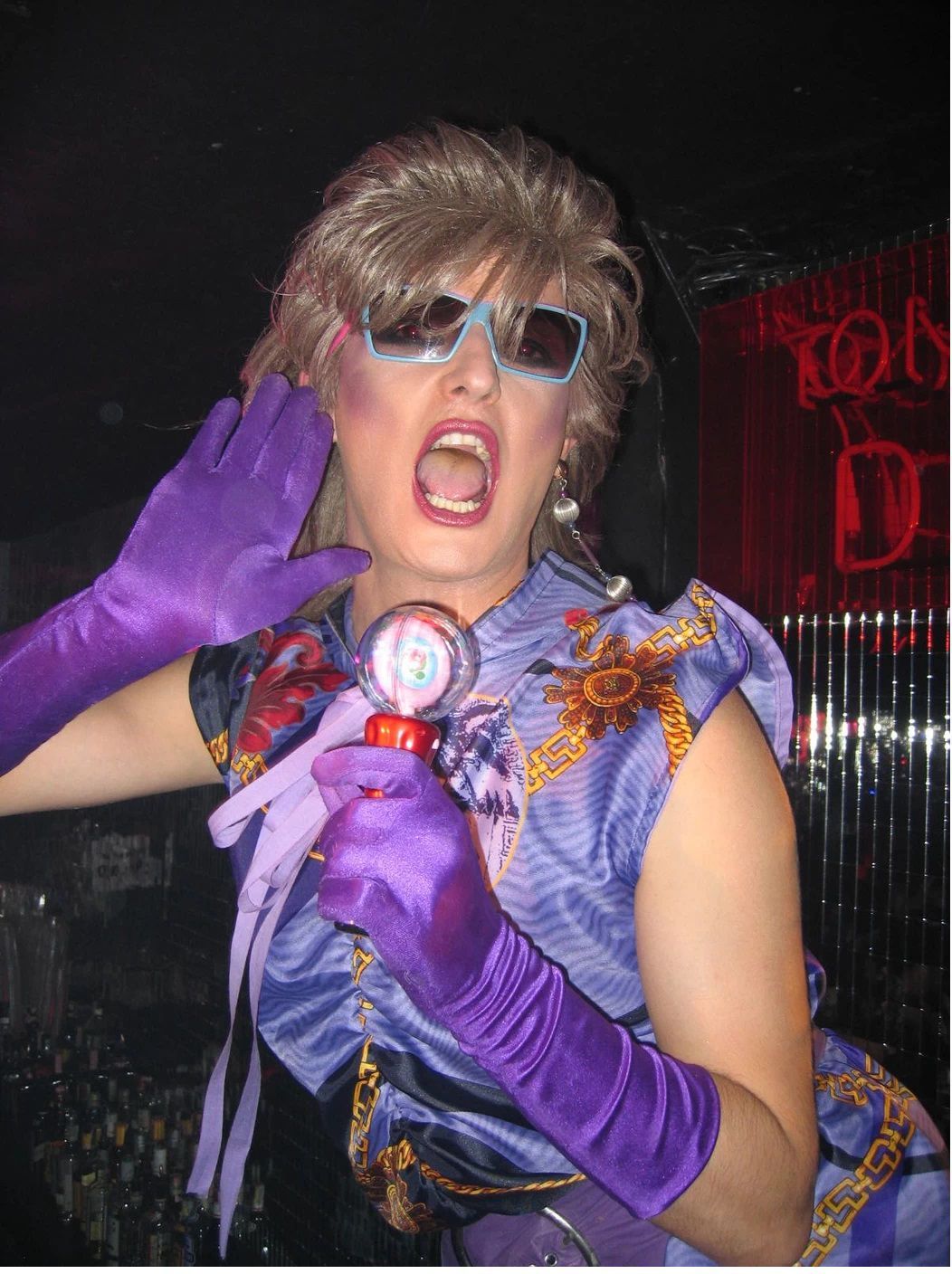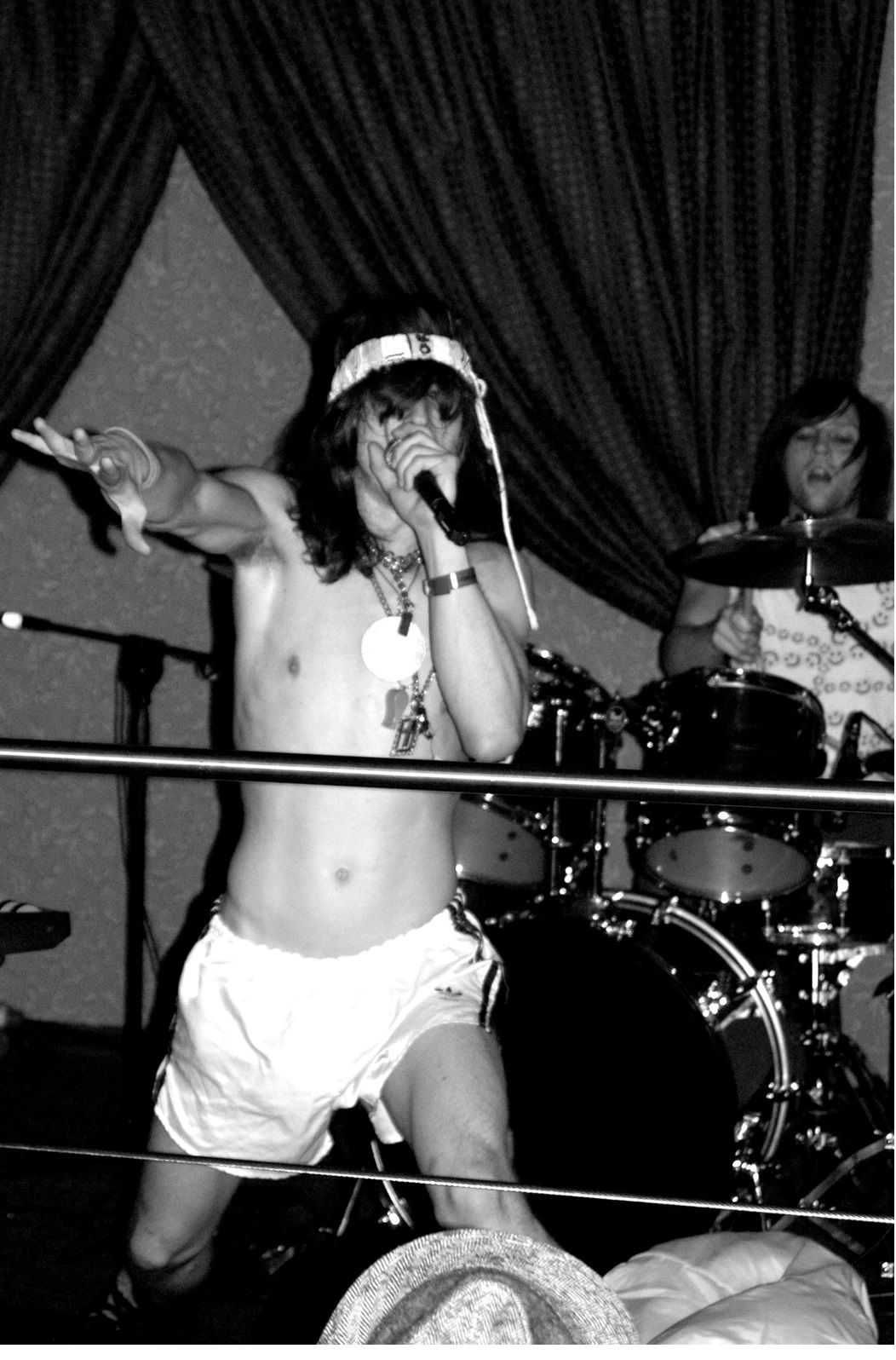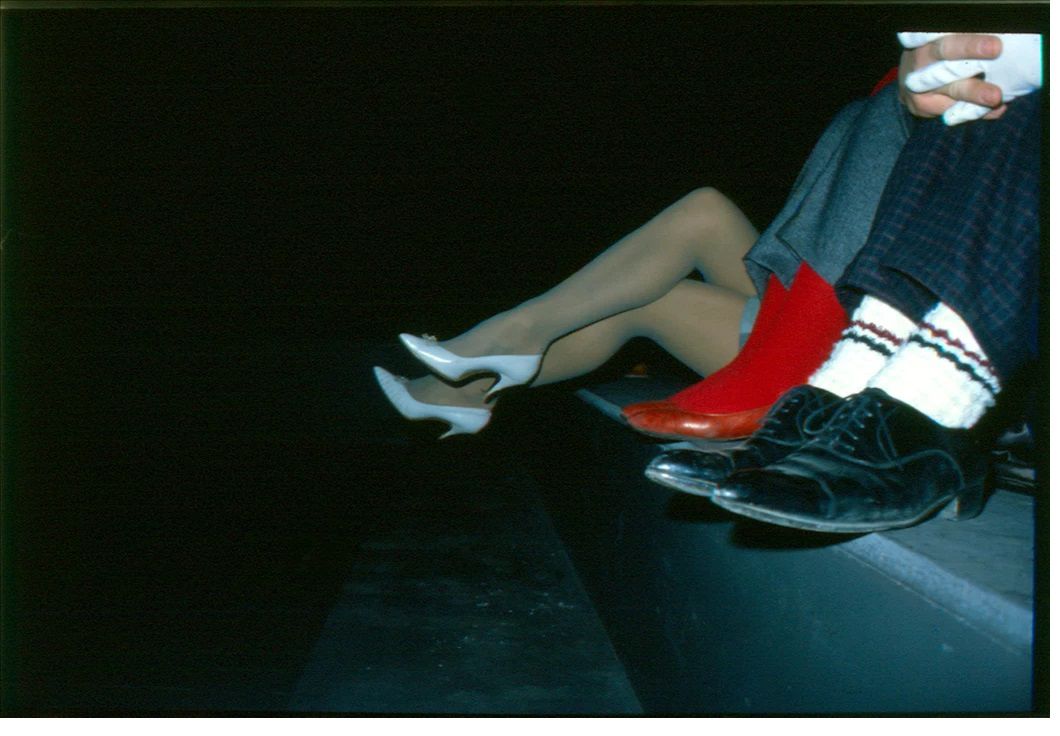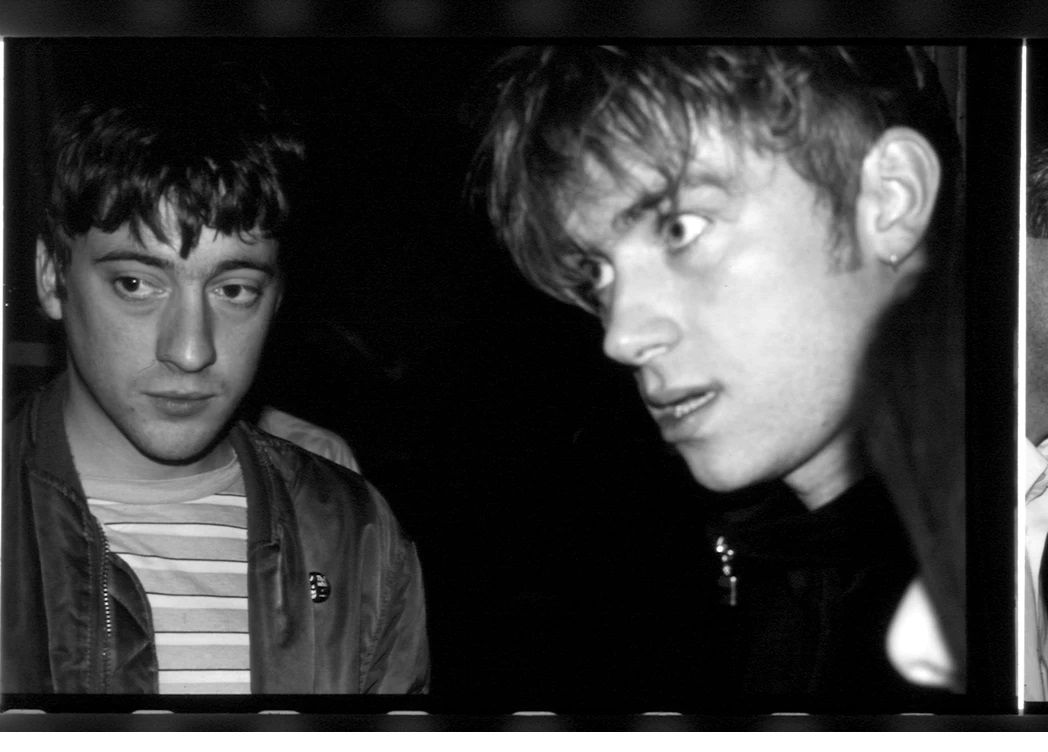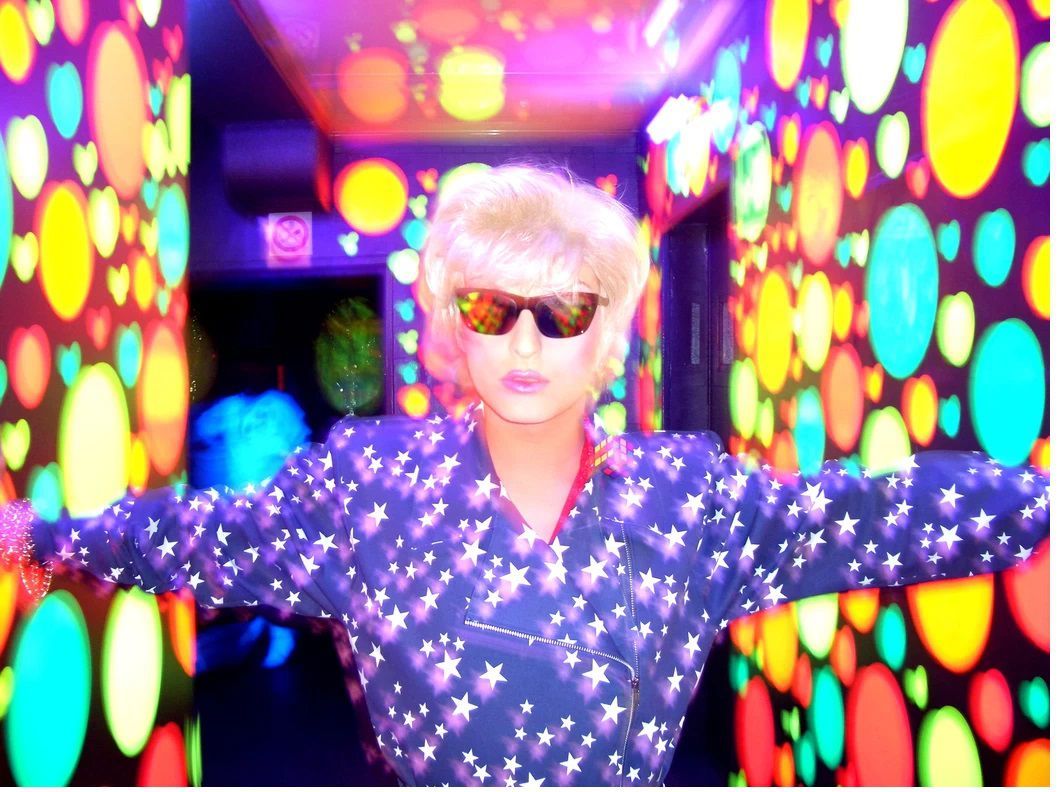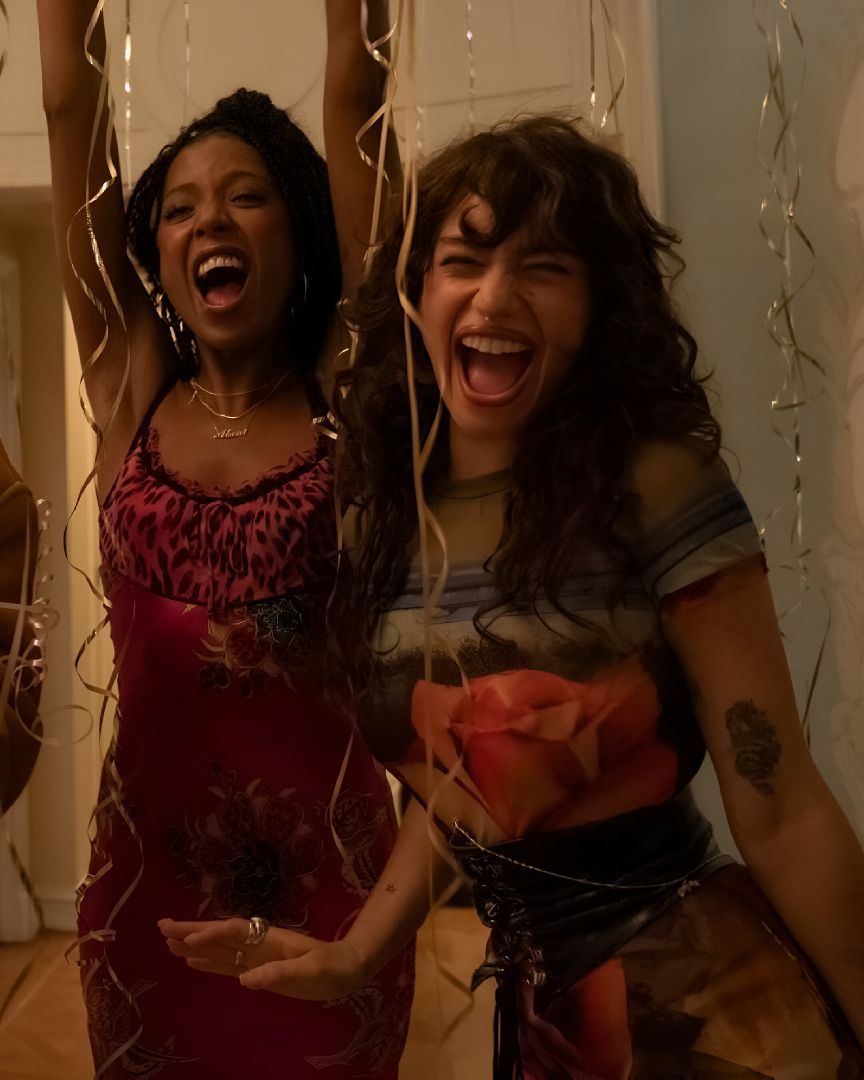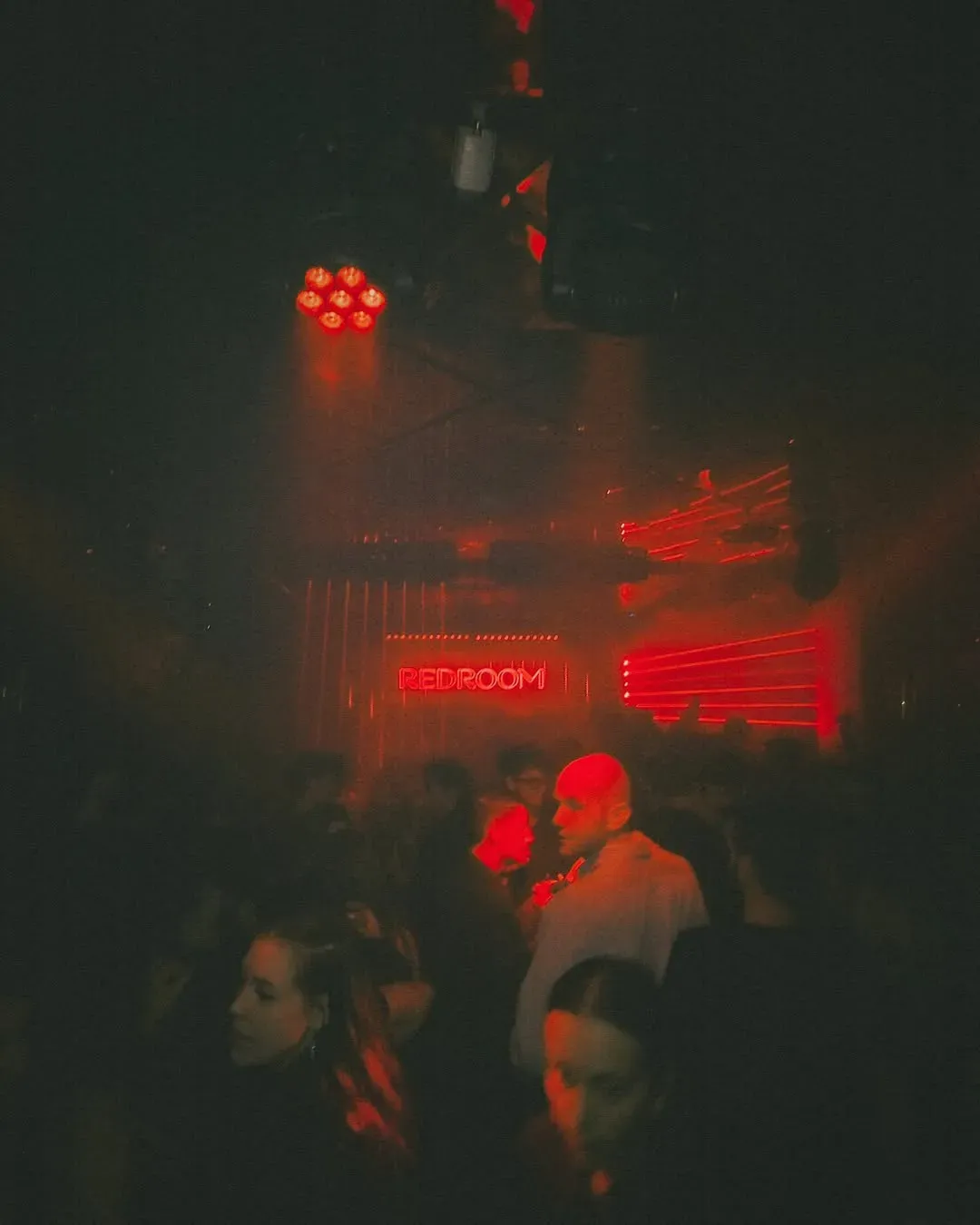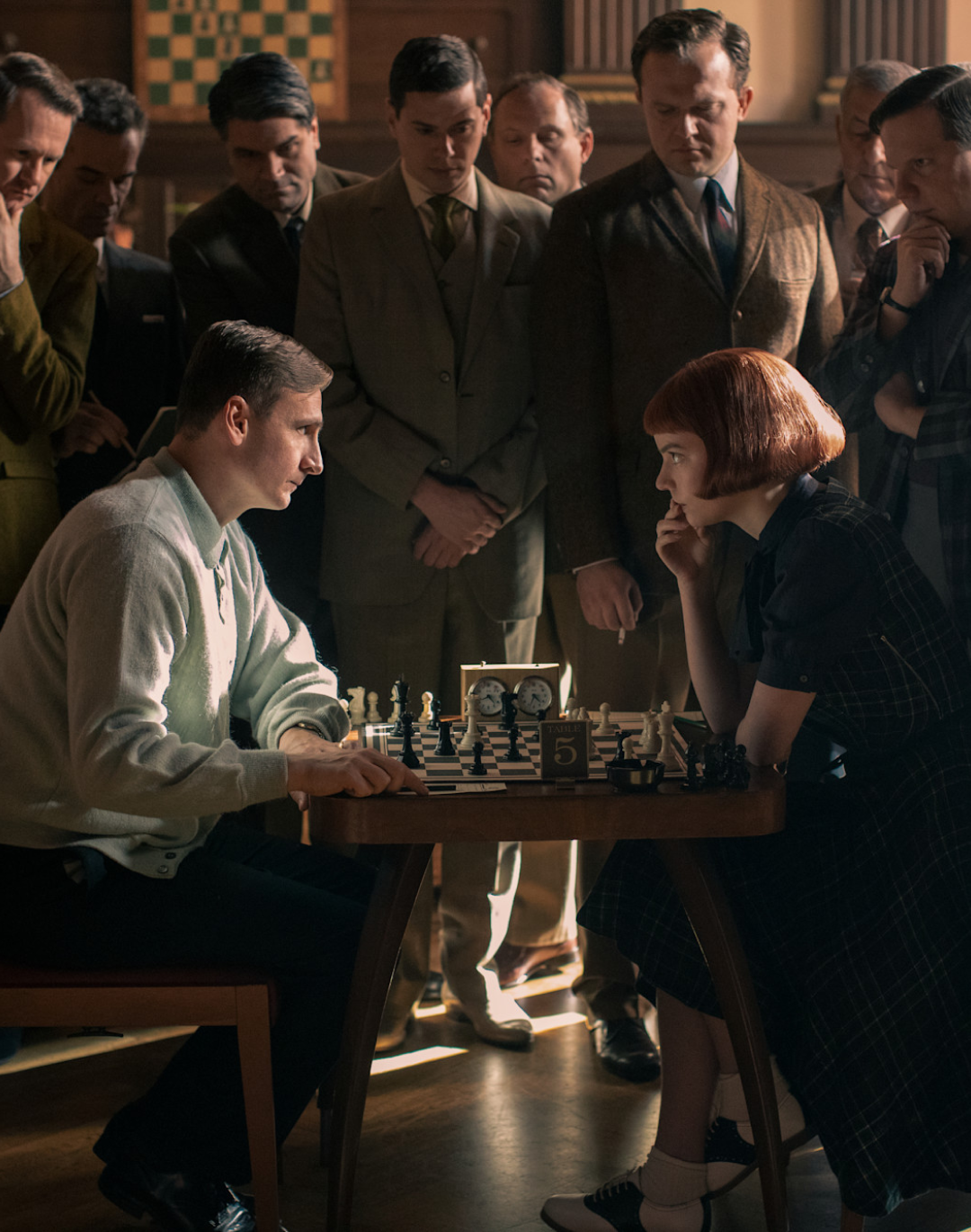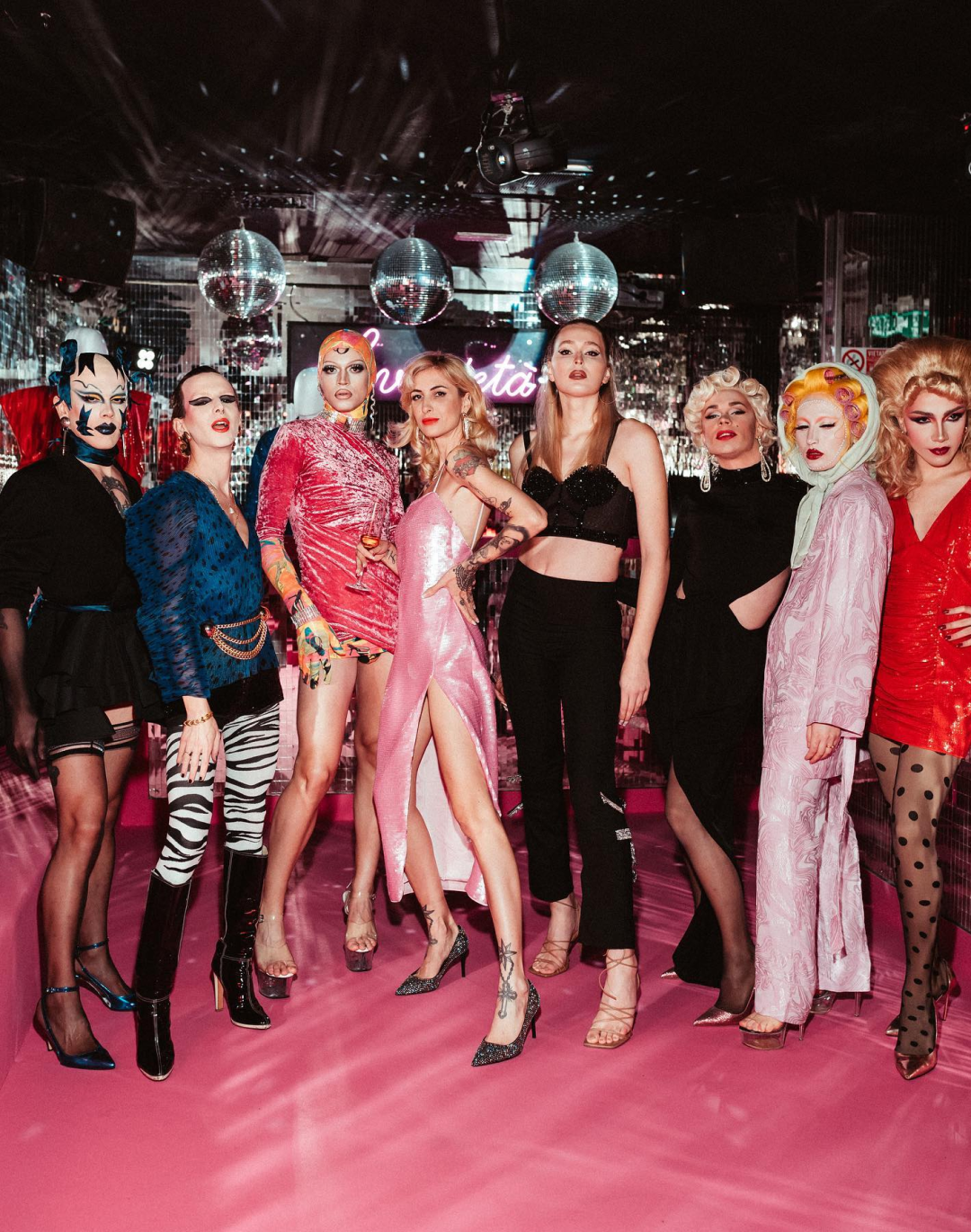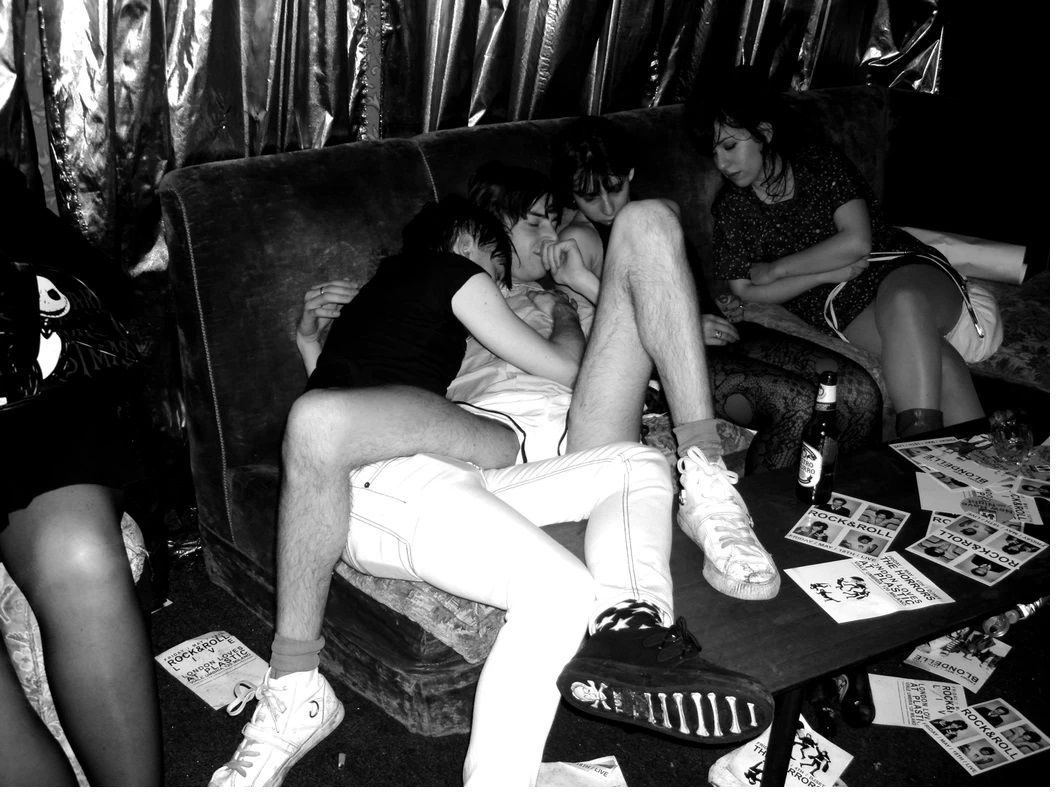
Follow the beat A journey through the history of Italian clubbing
300,000 lire. Days under the sun in the uncle's yard working hard to be here. He had heard about it from his older brother and, now that he is here, under the transparent pyramid that reflects the darkness of the night and the colored strobe lights, Jonah feels tiredness slipping away, beat after beats, while behind the console a DJ dictates the rhythm of his steps. Buncia, buncia, buncia. Rimini like Florence. Luca stops, laces his shoes and, standing up for a moment in the window in front of him sees the eighteen year old, pale, heavy makeup and tight pants, lined up in front of the Tenax for the live Tuxedomoon ... Buncia, buncia, buncia. Florence like Milan. Dressing up to be yourself, moving to the rhythm of your soul. As she sings loudly, in unison with the crowd, the accursed refrain of an old 80s hit, Anna pulls away the hair that covers her eyes and feels free, strong. She feels at home ... Buncia, buncia, buncia. Milan like Turin. It's a beautiful night. Sara closes her eyes and breathes the acrid air that rises from the river Po, invades the Murazzi and mixes with the smell of smoke, sweat, food, post-adolescent spirit of those who pass by.
Different people, places, different times. All united by a rhythm, a sound, a beat. It is the magic of the history of Italian clubbing.
Tenax - Florence.
Florence. September 1981. The Florentines are hungry for new music and they are fed by Alessandro Coragli, Lando di Bari and Roberto Tapes, transforming the former Casa del Popolo to the street number 46 of Via Pratese in the Tenax (the same name of a gel for hair) , the stage where he plays the gotha of the international alternative scene, from Spandau Ballet to New Order, from Radiohead to Everything But The Girl. Soon the club becomes the favorite meeting place not only by musicians, but also by the coolest artists and designers of the moment. Here, Vivienne Westwood set a fashion show in 1988; Elio Fiorucci chats with Vittorio Gassman; Keith Haring realizes a drawing with a marker on the cover of an electrical panel, unfortunately, canceled by the cleaning woman who exchanges it for vandalism. Among the dancers there are Lea T, muse model of Riccardo Tisci and Olivier Rousteing who, just arrived from Bordeaux , before establishing herself in fashion with Balmain, he works every friday and saturday for a living while he is engaged in an unpaid internship in Roberto Cavalli's atelier.
The new millennium for the Tenax coincides with a new life of house and techno, animated by evenings like "Nobody's Perfect" and DJs coming from all over the world, like Alex Neri, Marcel Dettmann, Fatboy Slim, Nina Kraviz or Sven Väth. All ingredients that together with the musical experimentation, theater and communication related to clubbing (a perfect example is Tenax Academy, a course for producers and DJs) has inserted this club born from the Florentine counterculture in the list of the best 100 clubs in the world.
Plastic – Milan
The first flyer reads: "It is a must: dark dress, heavy makeup, pomp, especially pomp ... LUXURIOUS BLACK". It is December 23, 1980 and from a former workshop of the old Milan of Viale Umbria to the number 120, with the walls painted black, a single bulb attached to the ceiling and four steroid cases, the Plastic was born. The name is the same as a band of Japanese friends of Nicola Guiducci, always the artistic soul of the club alongside Lucio Nisi, Pinky Rossi and Sergio Tavelli. Soon it becomes a reference point of the Milanese night scene, the meeting of aesthetes, bohemian, trend setter and anyone looking for a place to play with the many shades of self, even dressing up. No lists or reservations, the only discriminated to access must be chosen and overcome the rigid selection at the entrance. For over thirty years Plastic welcomes an eclectic mix of extravagance, style, kitsch and eccentricity. Madonna adores it because it is "the most democratic club in the world": Keith Haring writes in his diaries "Here I feel like in New York"; Freddy Mercury plays billiards; Elton John, David Bowie, Amy Winehouse, Vincent Gallo, Damon Albarn spent several evenings there; Pink Floyd and Anna Piaggi are regular patrons, as are still present today Gianbattista Valli, Alessandro dell'Acqua, Stefano Gabbana, Maurizio Cattelan or Francesco Vezzoli.
When, in March 2012, the club closes to move shortly afterwards to another area of the city, an industrial area in Via Gargano 15, little or nothing has changed. Not even the music, which remains a cauldron that includes everything: from the electronics of Bristol and the pop of Manchester 90s to the revival of the '80s with hits by Viola Valentino and Patrizia Pellegrino, from Miss Kittin to the underground of Nul.
Cocoricò – Rimini
After a disastrous debut, the Cocoricò, an onomatopoeic name that evokes the song of the parrot, begins its story on March 9, 1990 and, one evening after another, earns a place among the most important superclubs in the world, together with Berghain of Berlin or all'Ushuaïa of Ibiza. So many DJs alternate to the console, fusing genres and musical trends and helping to write the history of house and techno, but not the Daft Punk that, according to a story now become an urban legend, in a night of summer 1997 are been forcibly driven out of the console because their music did not appeal to customers. It seems that the resident DJ, Cirillo, has arrived and has torn the vinyl they were playing from the plate. Result? Fight and an almost legendary story.
The elements that make the fortune of the disco, even after the closure in August 2015 for the death of a boy caused by the intake of drugs, are different. Not just tight rhythms that overwhelm thousands of people and iconic characters such as Jean-Paul Gaultier, Franco Moschino, Grace Jones, but also theater performances, reading, happenings and installations that often anticipate fashions and trends. The real feature that makes the Rimini club unique and recognizable is the pyramid shape, a tribute to the Louvre pyramid, which also inspired the design of a lamp created by Renzo Serafini.
Guendalina - Santa Cesarea Terme
If the location has a weight in determining the degree of coolness of a club, then the Guendalina di Santa Cesarea Terme (Le), entirely outdoors, located on the Adriatic coast of Salento, in the hills, a stone's throw from the sea, has a high place in the standings and is not surprised that it falls into the DJ Mag's list of top 100. Maybe it's the magic to see the dawn at the house rhythm that, since 1997, its two tracks, L'Arena e Le Terraces, have attracted thousands of clubbers ready to dance until the first light of the morning on the choices of the best DJs and producers on the planet. Some name? David Guetta, Frankie Knuckles, Ralf, Luca Agnelli, Ilario Alicante, Satoshi Tomiie, Sven Vath. The event not to be missed, however, is the Guendalina Music Festival, which is held every year in August: 48 hours of non-stop music and artists from all over the world.
Goa Ultrabeat – Rome
The furniture has changed several times over the years, but the crocodile and the Ganesh designed on the floor of the entrance have remained there intact, to witness the philosophy of the beginning, as their owners remember, Giancarlino and Claudio Coccoluto. What happens if there are two sacred monsters of Italian house music managing a club? Transformation, video projections and artistic representations, promoter of trends, news and great musical culture. The space in via Libetta 13, inaugurated on October 29, 1995 on the ashes of a former motorcycle repair shop, which takes its name from the famous full moon party on the beaches of India, is certainly one of the best known internationally, thanks to the atmosphere , to appointments like Goa Ultrabeat with ultra-minimal electronics and house, but above all, thanks to the music that ranges from Howie B to Goldie, from Peaches to Grandmaster Flash, from DeWalta to Ricardo Villalobos.
Il Muretto – Jesolo
The disco, a complex of 2000 square meters, was born in 1961 from an idea by Vasco Bettin and exploded in the '90s, simultaneously with the golden period of dance, the one played by Albertino and the crew of Deejay Time. It is a success that has remained intact, never scratched by time, obtained by blows of house and electronic music, played by people like David Guetta, The Chemical Brothers, Skrillex, Tiësto, David Morales, Roger Sanchez and Bob Sinclair. The ace up its sleeve? The Full Moon dj Festival on the beach of Faro, by the sea of Jesolo, where thousands of young people come from all over Italy and from the European borders to attend unique performances. A fun fact: the urban legend, denied by the protagonists, but that continues to be told for years is a furious quarrel of Vasco with his partner, with lots of slaps and shoes thrown. Will it be true?
Kindgarten – Bologna
Kindergarten was born on June 23, 2006, in the shed in via Calzoni 6 in Bologna, which for years has hosted the Officina Estragon's live performances, and begins its underground story with the FM EINHEIT concert/performance of the Einstürzende Neubauten, Berlin band icon of industrial music in the eighties. From that day on, he made the Bologna weekends of real musical marathons, thanks to unique evenings and live performances by artists who performed on the famous stage with the cage: by the big names of electronic music such as Ritchie Hawtin and Autechre up at the cutting edge of the international electro and pop scene like Bloody Beetroots or Asian Dub Foudation, but also young talents like Capo Plaza or Sfera Ebbasta.
Metropolis – Naples
The luck of the Metropolis, like that of clubbing in Naples (and not only) is closely connected to the Angels of Love, collective of party makers, born in 1990, from the mind of Charlie Hall, Eren, Mr. Monday and Claudio Coccoluto. They are screaming to the world that the music of the moment is the house and, to spread it, organize evenings everywhere, in abandoned circus tents, in hangars, even in a shed where they collected the potatoes playing for the first time in Italy Frankie Knuckles, one of the pioneers of the genre. Right at the Metropolis of Ischitella, a village on the outskirts of Naples, the group of promoters makes the first dance concert of the most famous drum n'bass music player in the world: Goldie.
A fun fact: in this Neapolitan club are experienced the first hip hop evenings that have an unexpected success involving young people from all over Italy.
Alterego – Verona
In the golden age it is not only one of the historical places of the city, situated on the Torricelle, the hills that dominate the center of Verona, but it is one of the best known in European clubbing. Born in the sixties as a dancing, at the end of the eighties, it became AlterEgo. In the 90s, famous for a mixture of tribal rhythms and psychedelic electronics, it is the mecca of rave and dj of international fame. All until 2008, when a max anti-drug raid leads to a long period of closure.
Reopened in 2015, the restaurant is currently conceived as a container of commercial music, hip-hop and revival of the nineties, house and techno, with famous guests coming largely from the world of small screen.
I Murazzi – Turin
If today the Club to Club is the symbolic event of dancing torinity, in the past this role was played by i Murazzi, that is that part of the Po riverfront, under Piazza Vittorio. Not just a place full of bars, clubs and discos, but the real heart of the night city. Explaining the atmosphere that was breathed by those who did not attend them, before the "restyling" of the last years, is almost impossible. The secret was perhaps in the energy that the area emanated, created by the meeting between them of the most diverse people, who probably never would have been in the day, but for a mysterious short-circuit gave life to the stories "most absurd, beautiful and poetics ", as someone has defined them.
The most historic and significant among those of the Murazzi is the Circolo Amici del Po, better known by the Turinese as "Giancarlo". It was a regular appointment for thousands of visitors to the arcades on the banks of the river Po, a sort of crowded discopub that put different music depending on the mood of the evenings










































